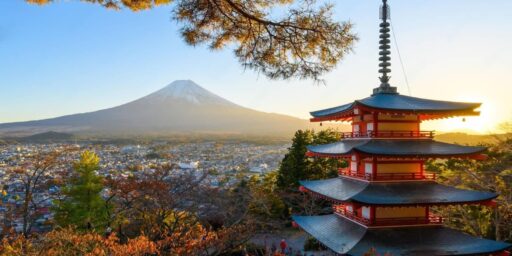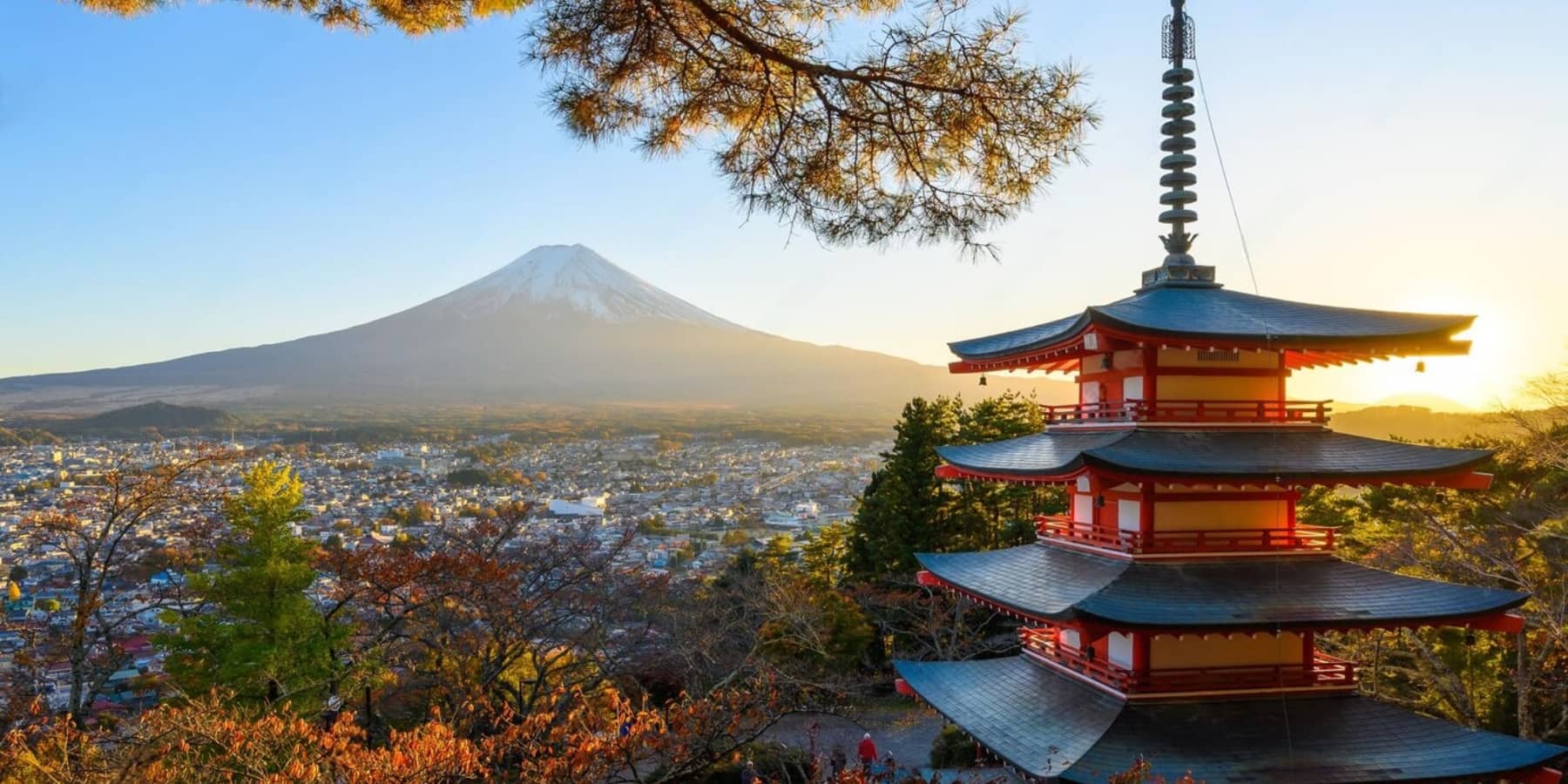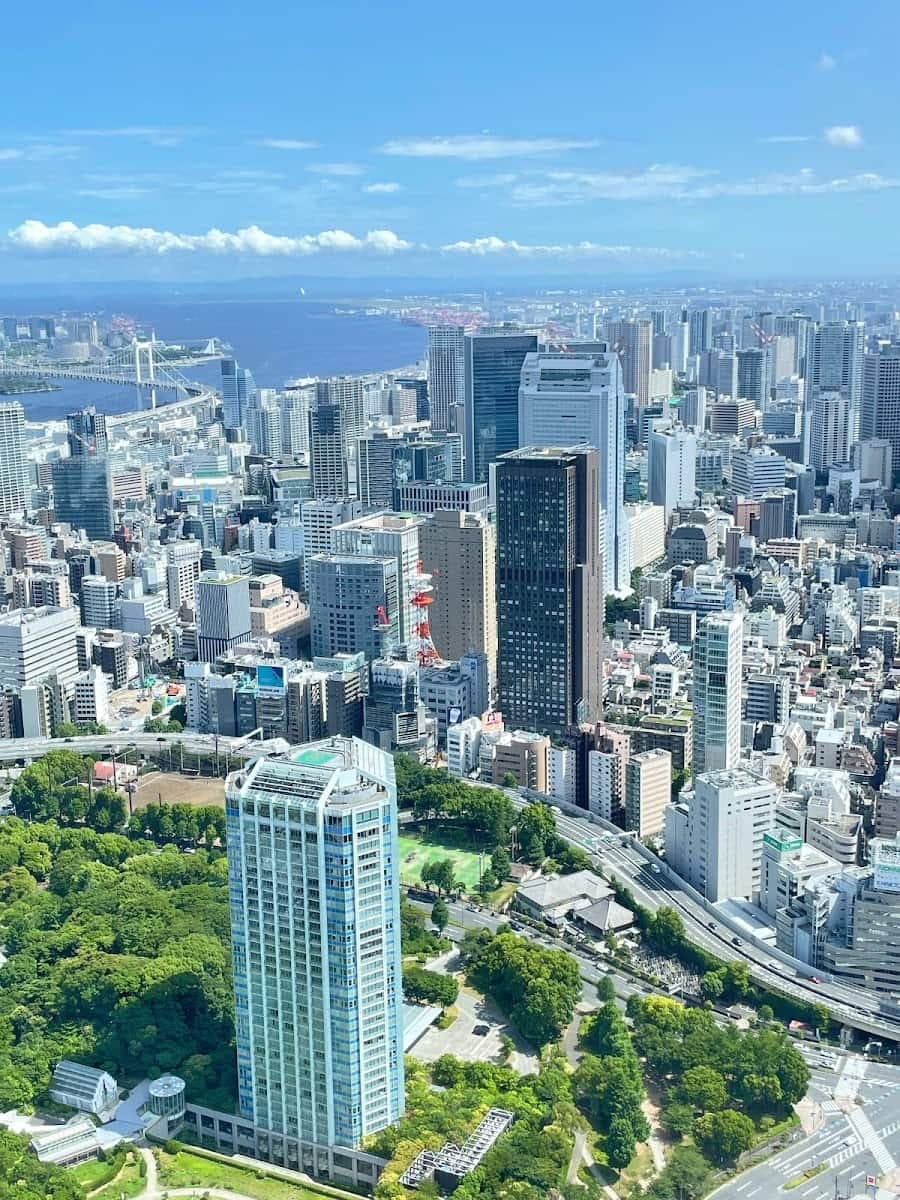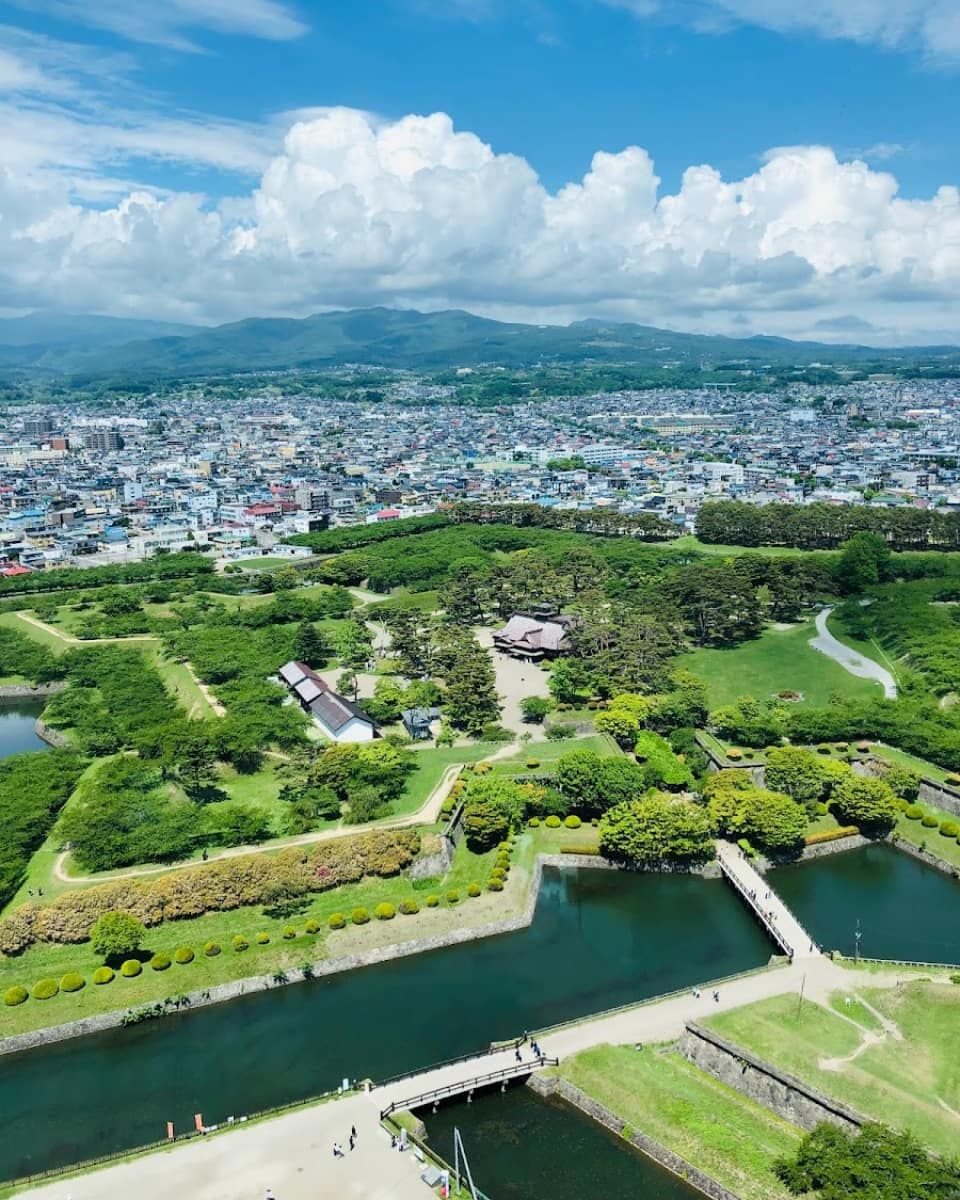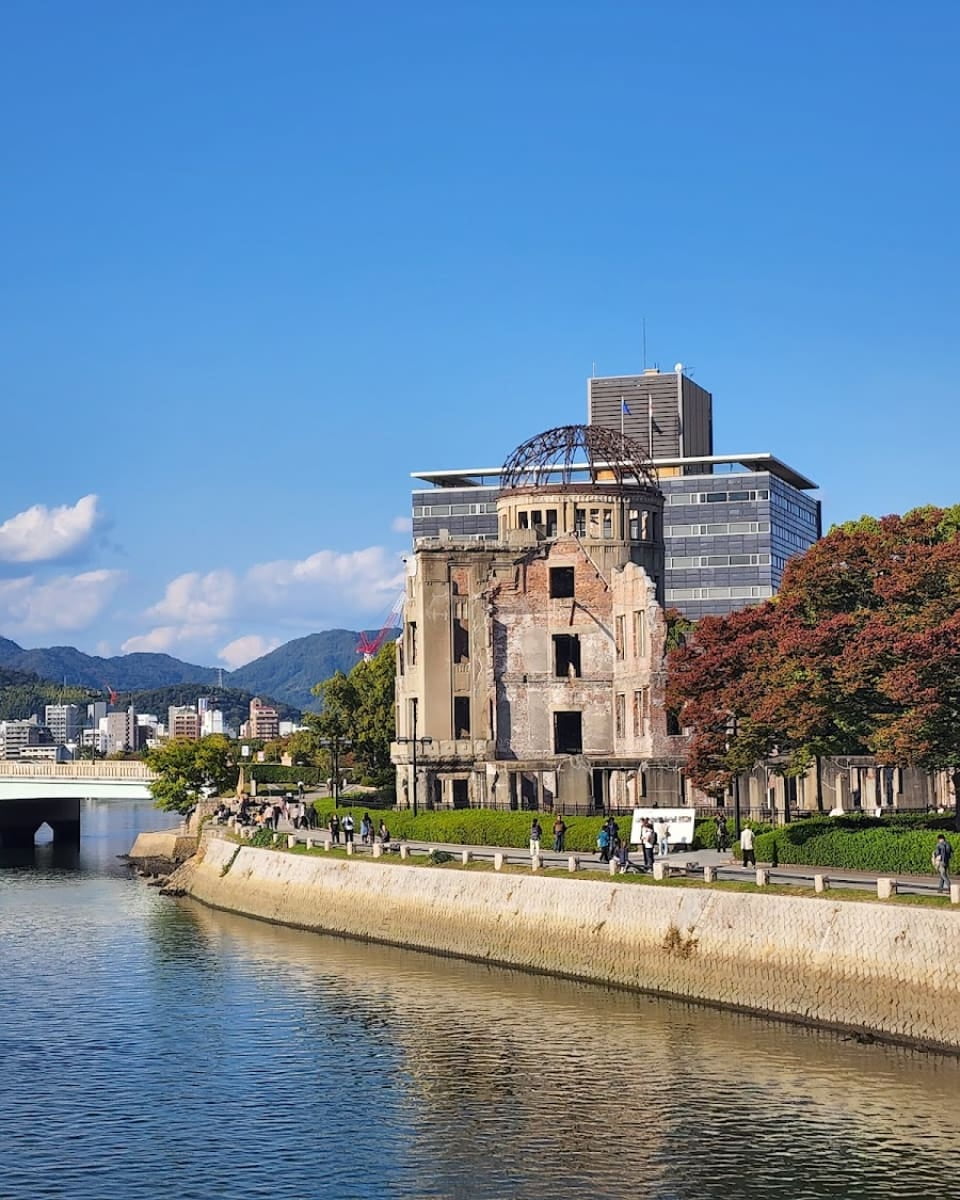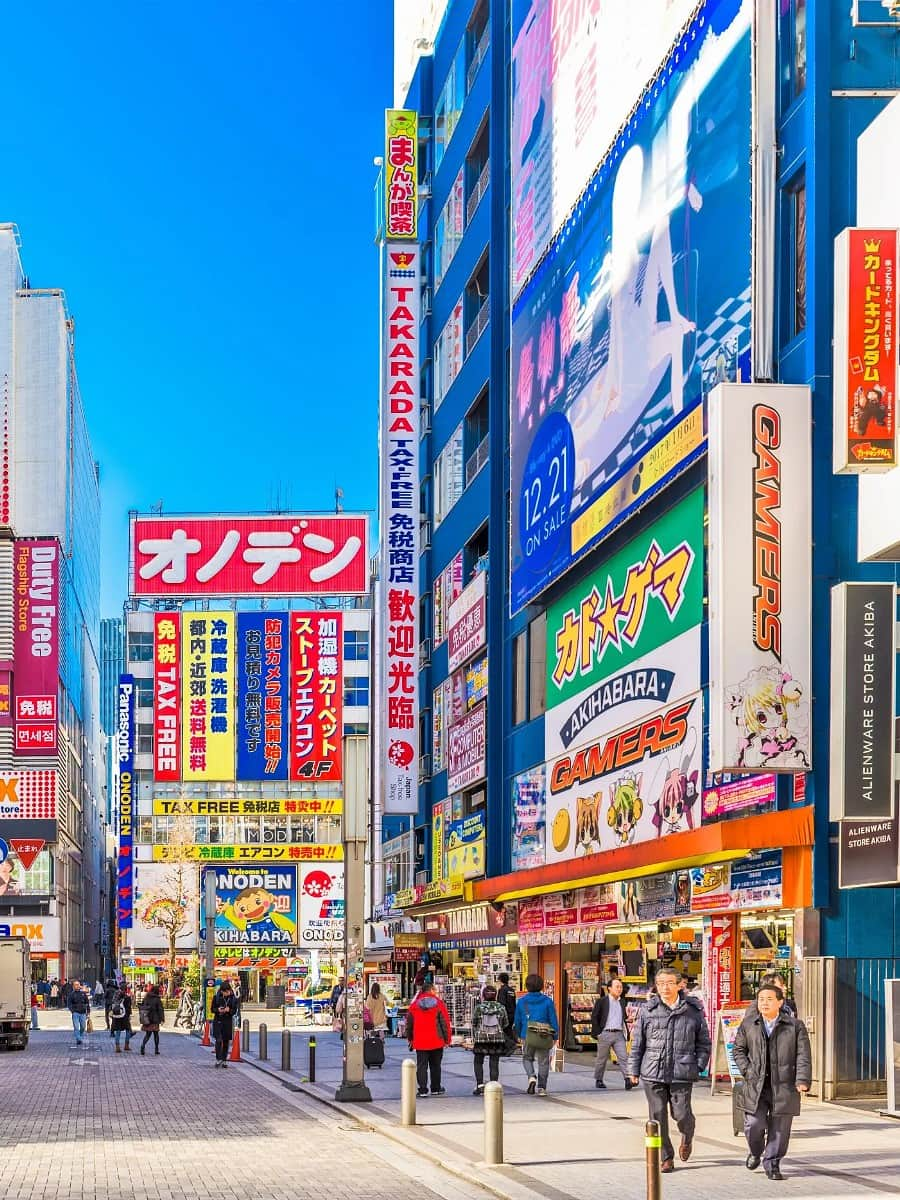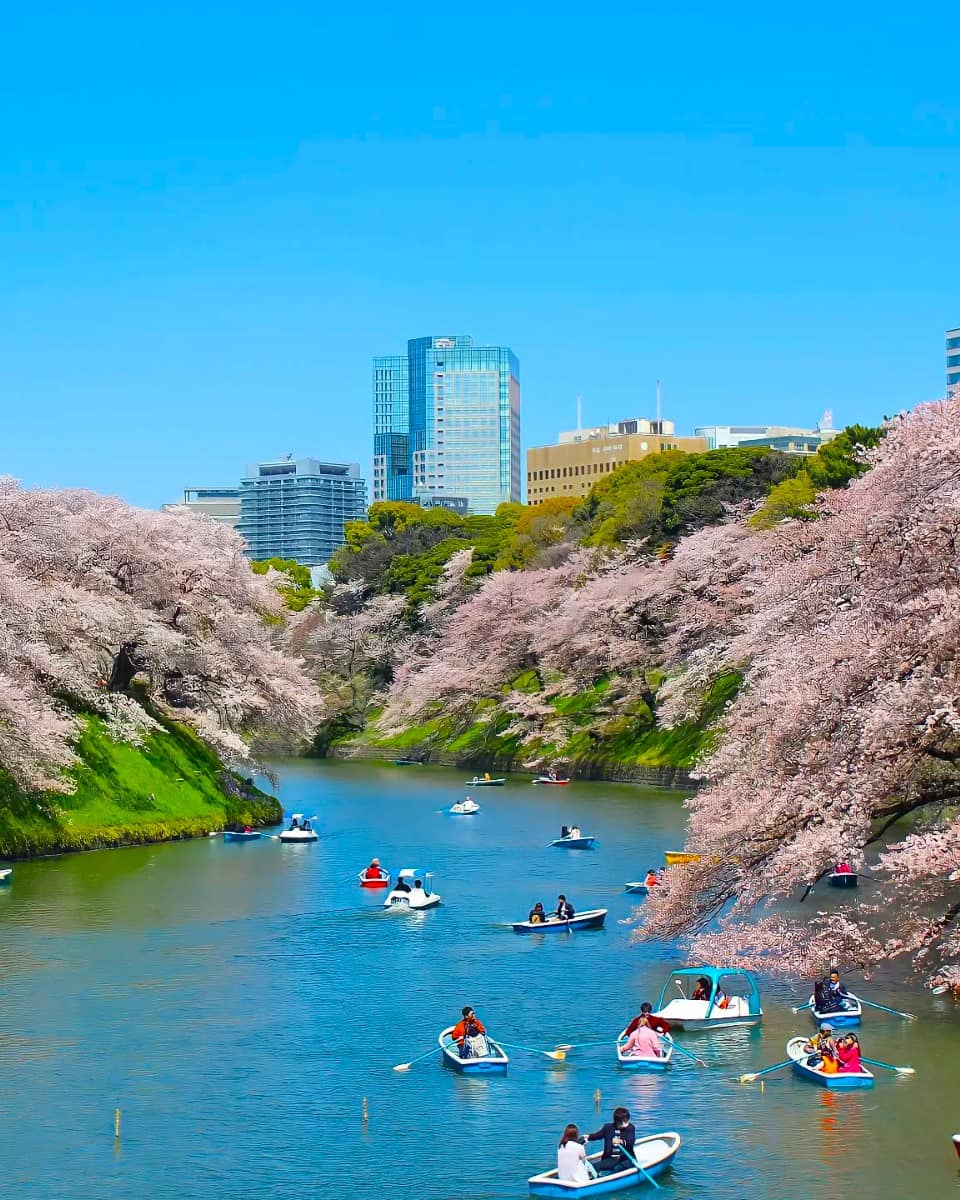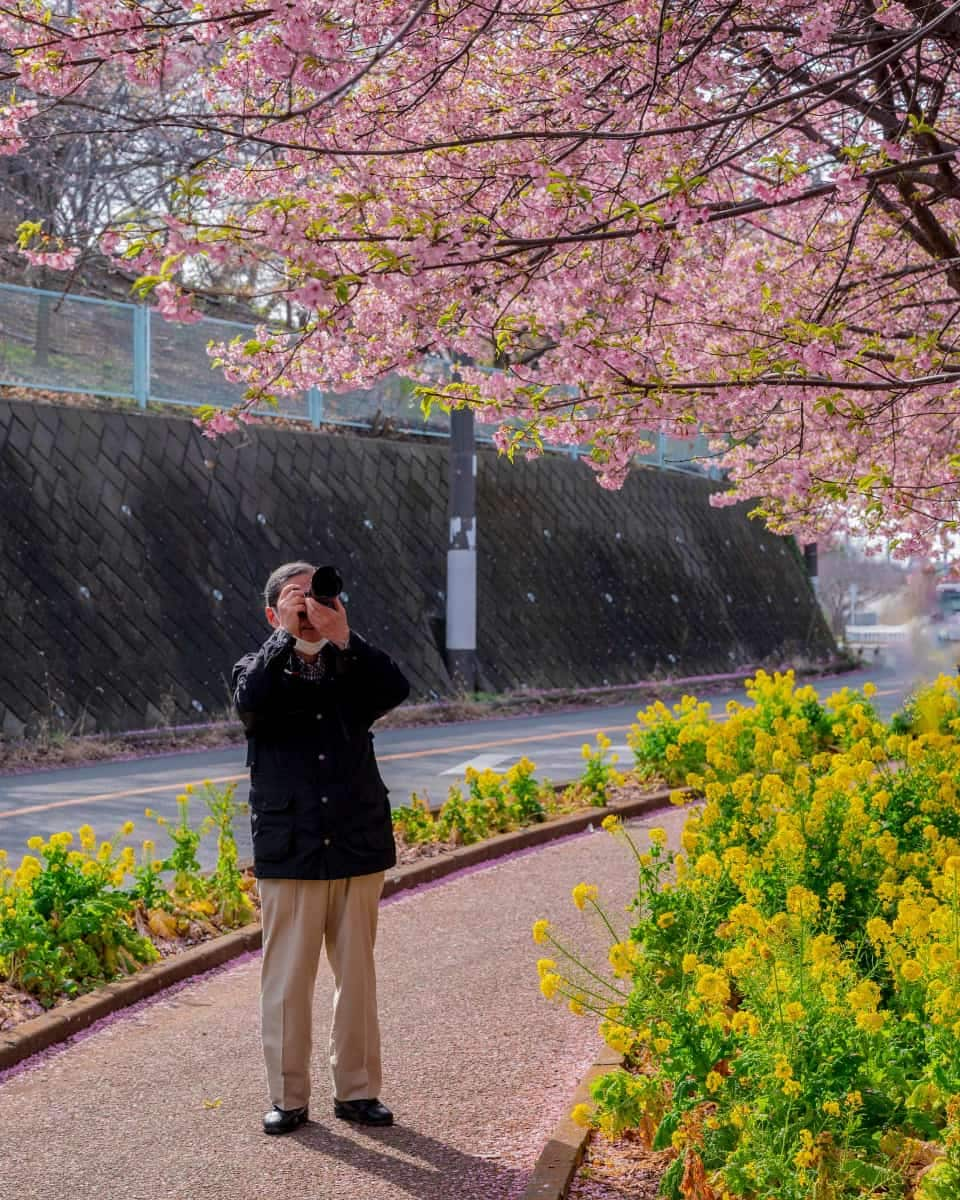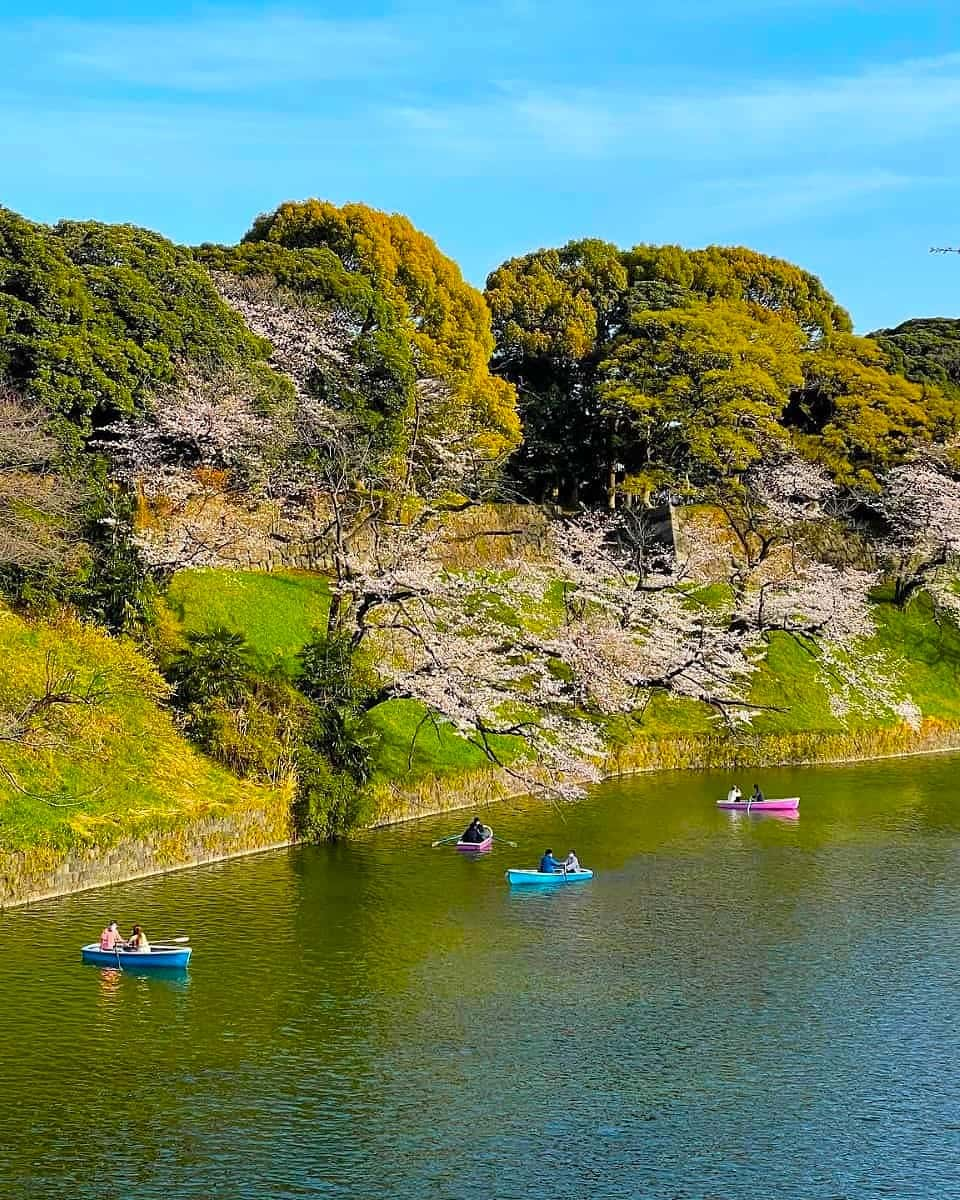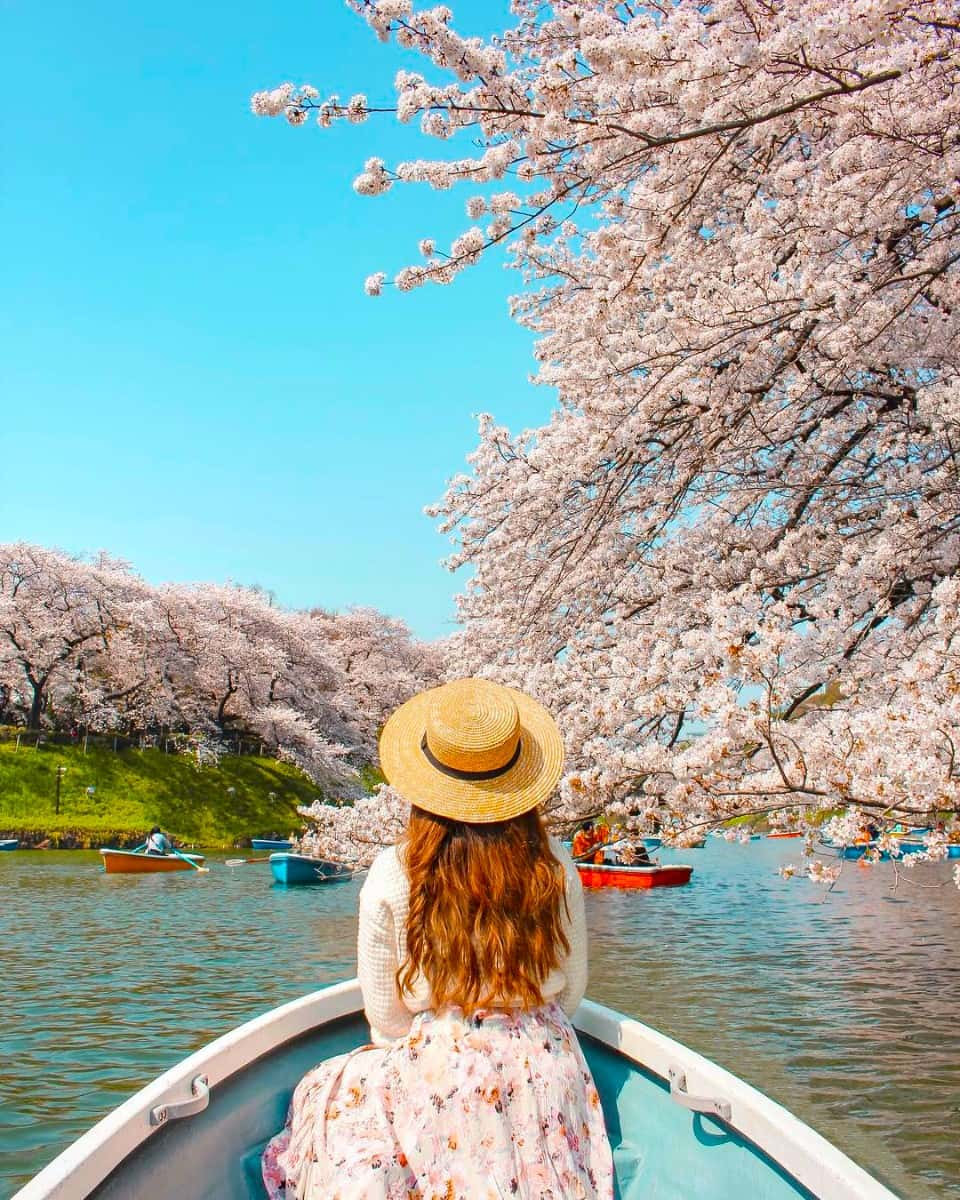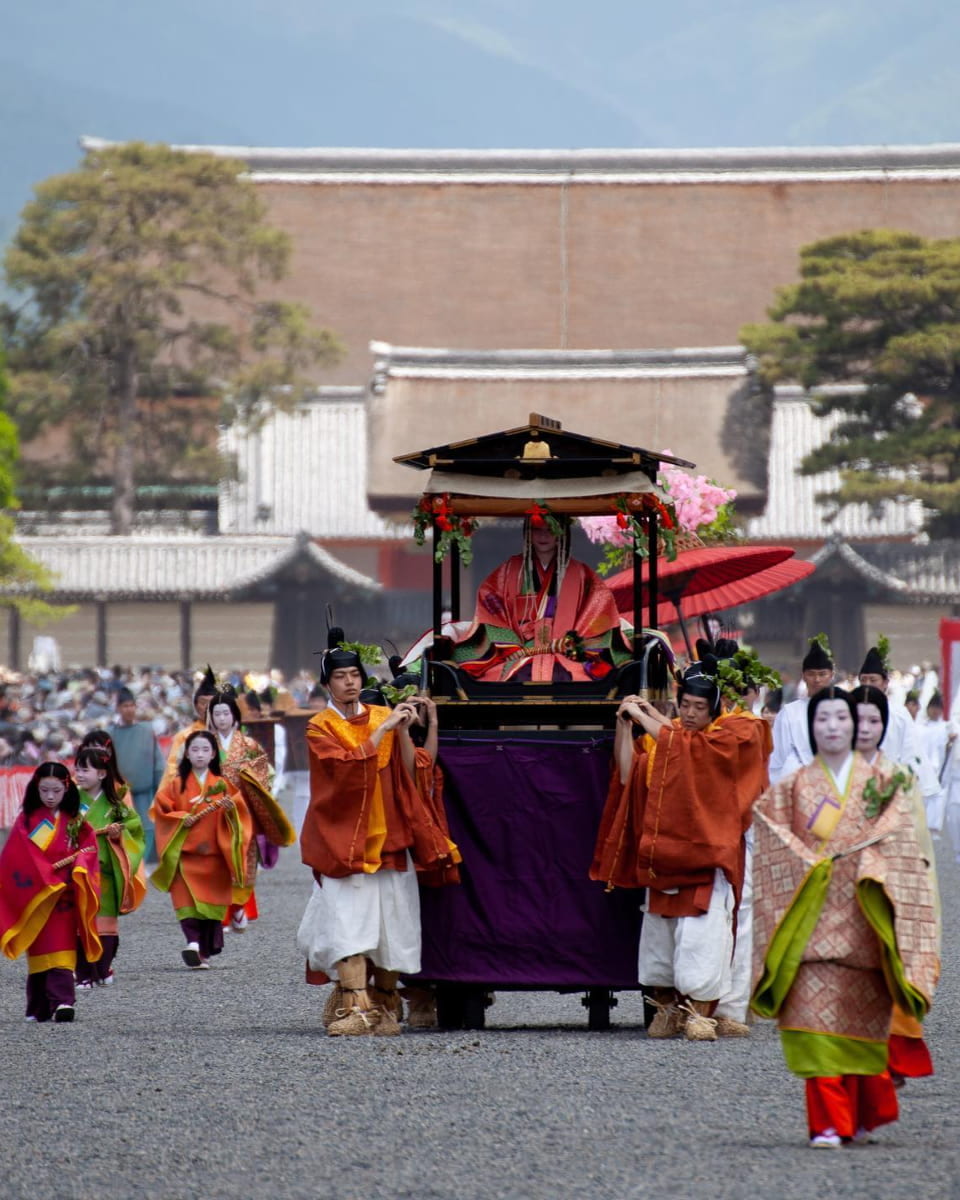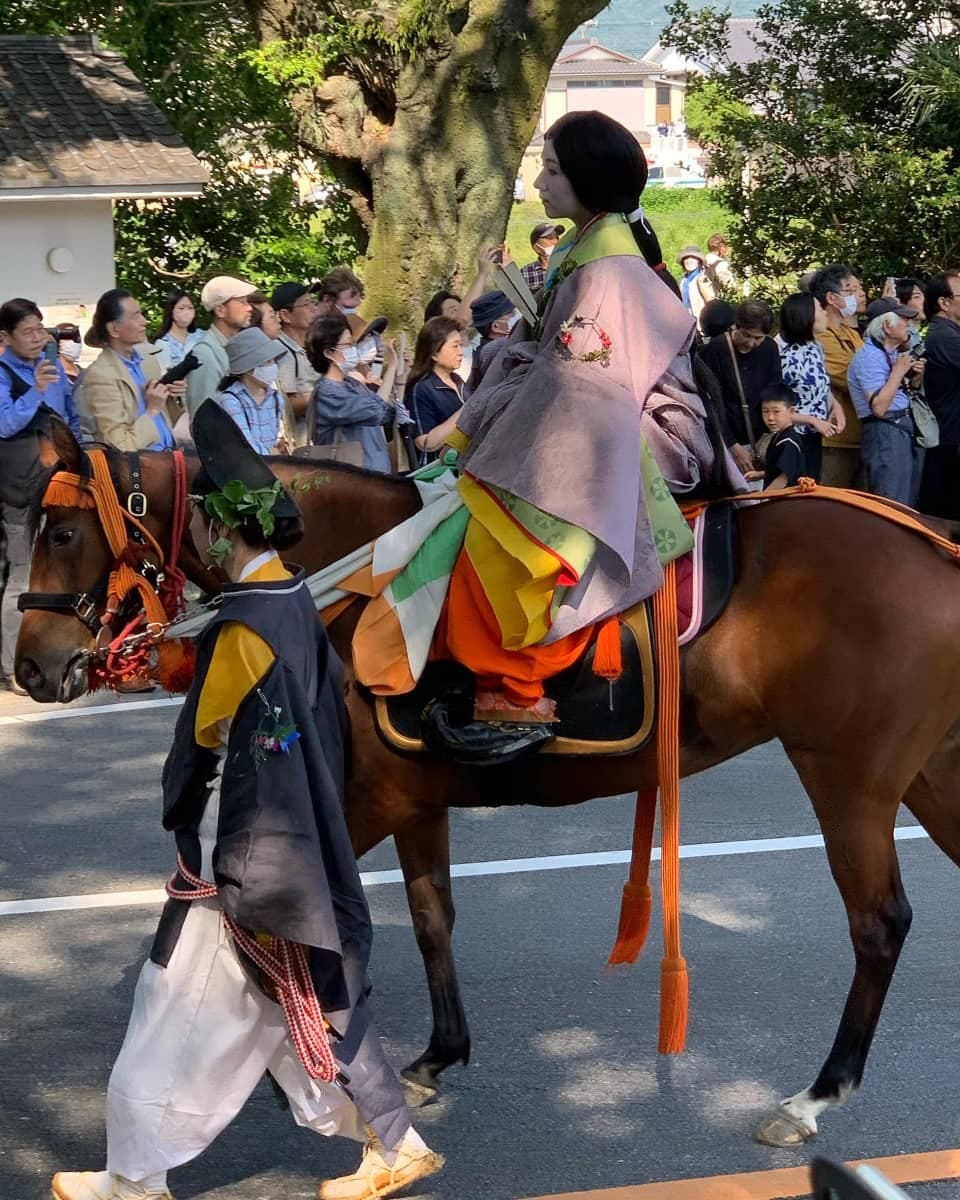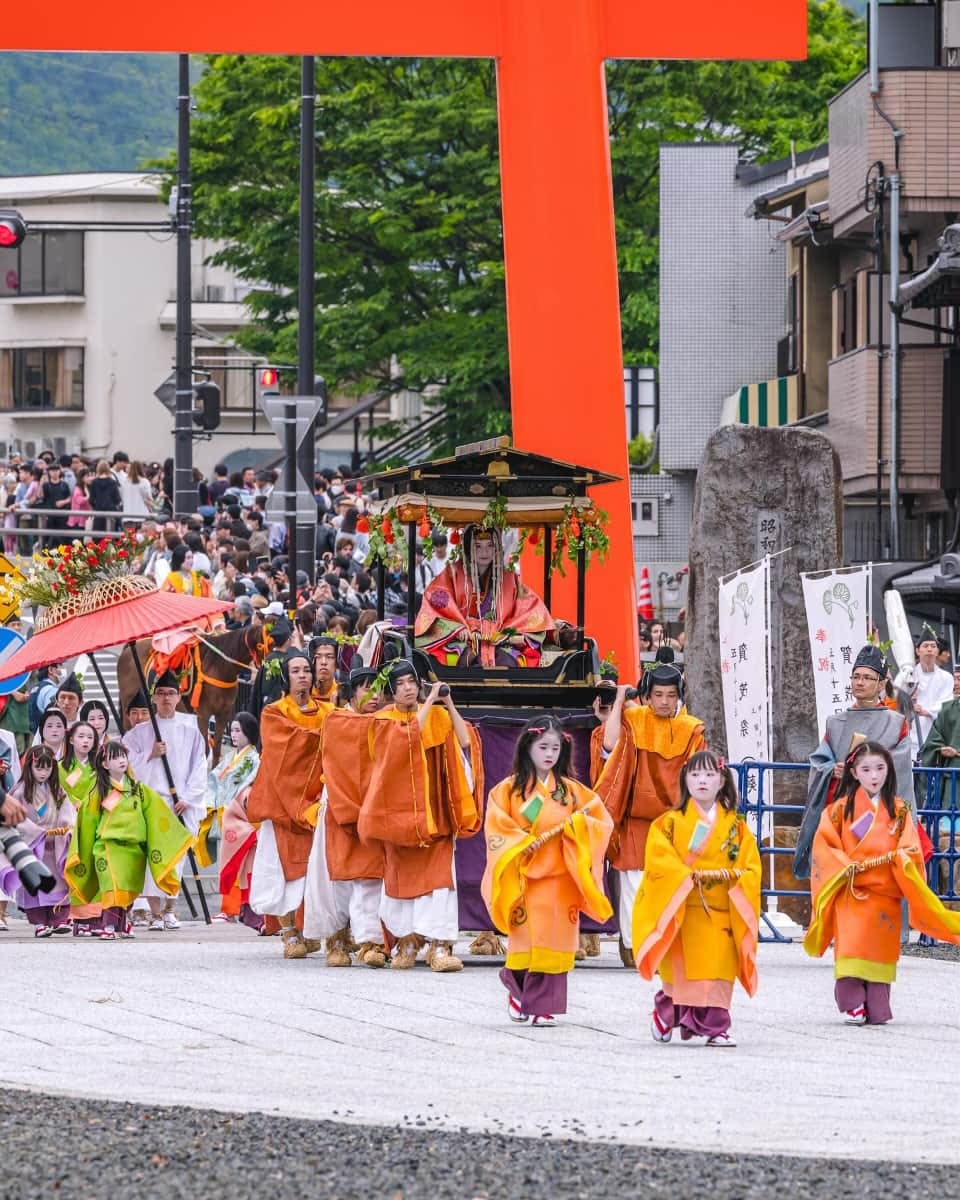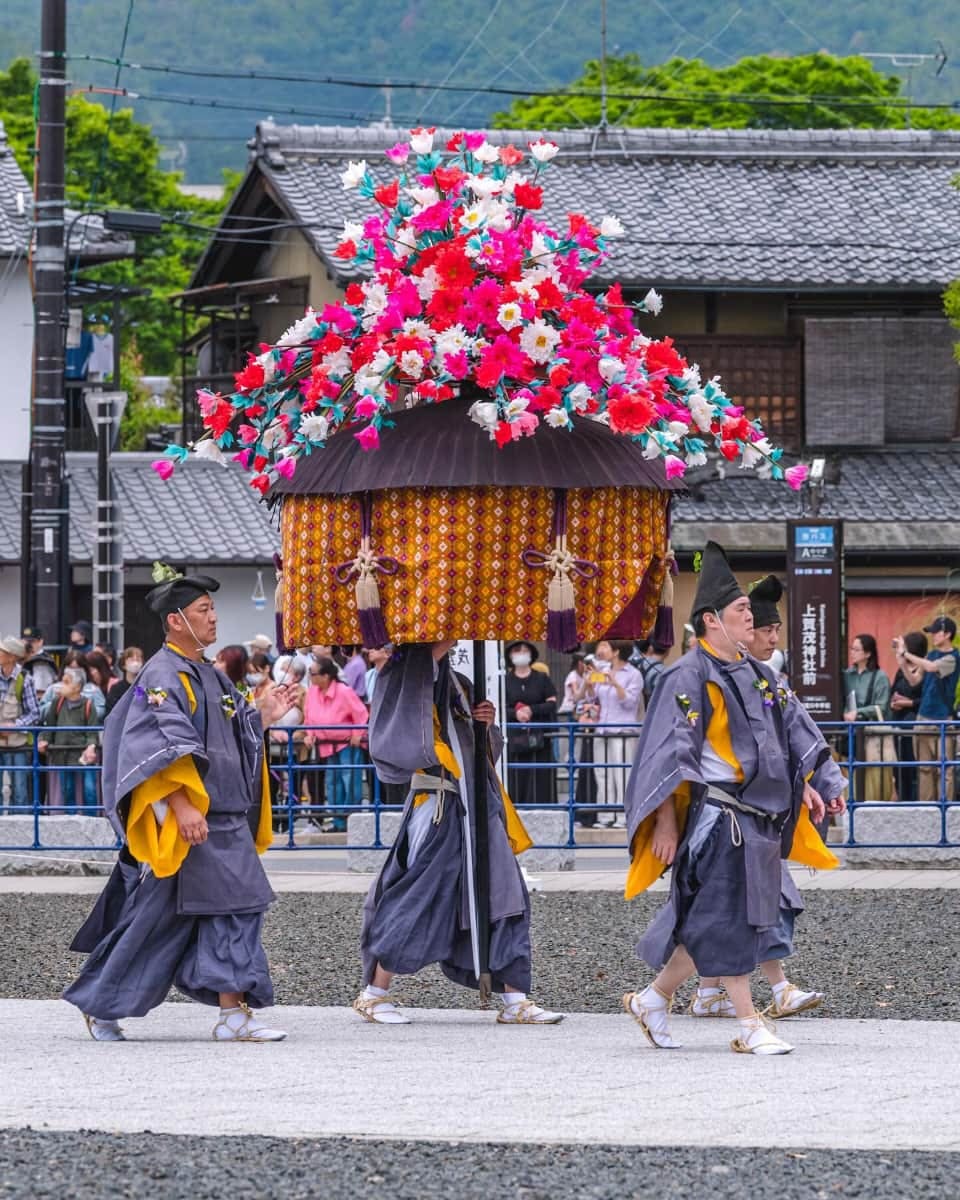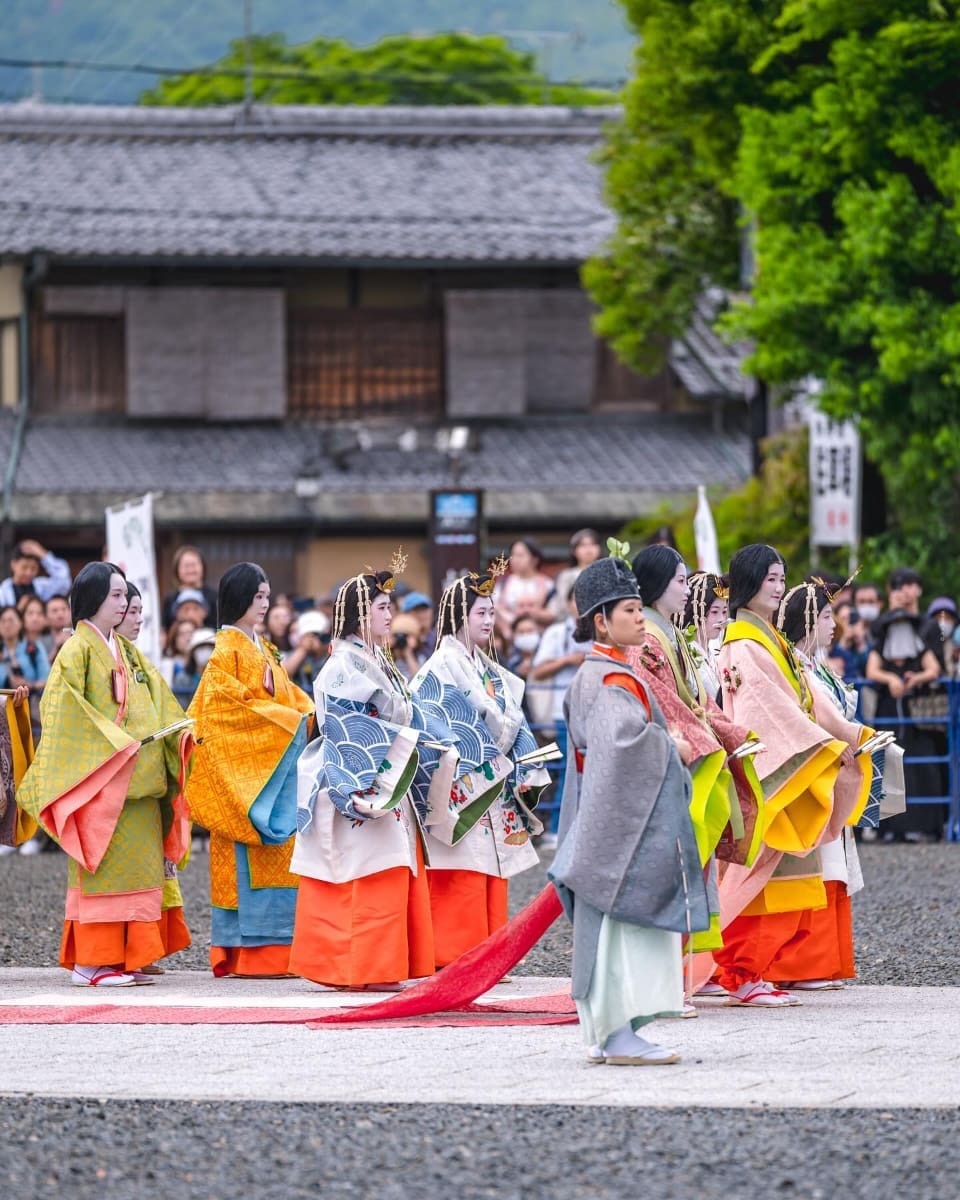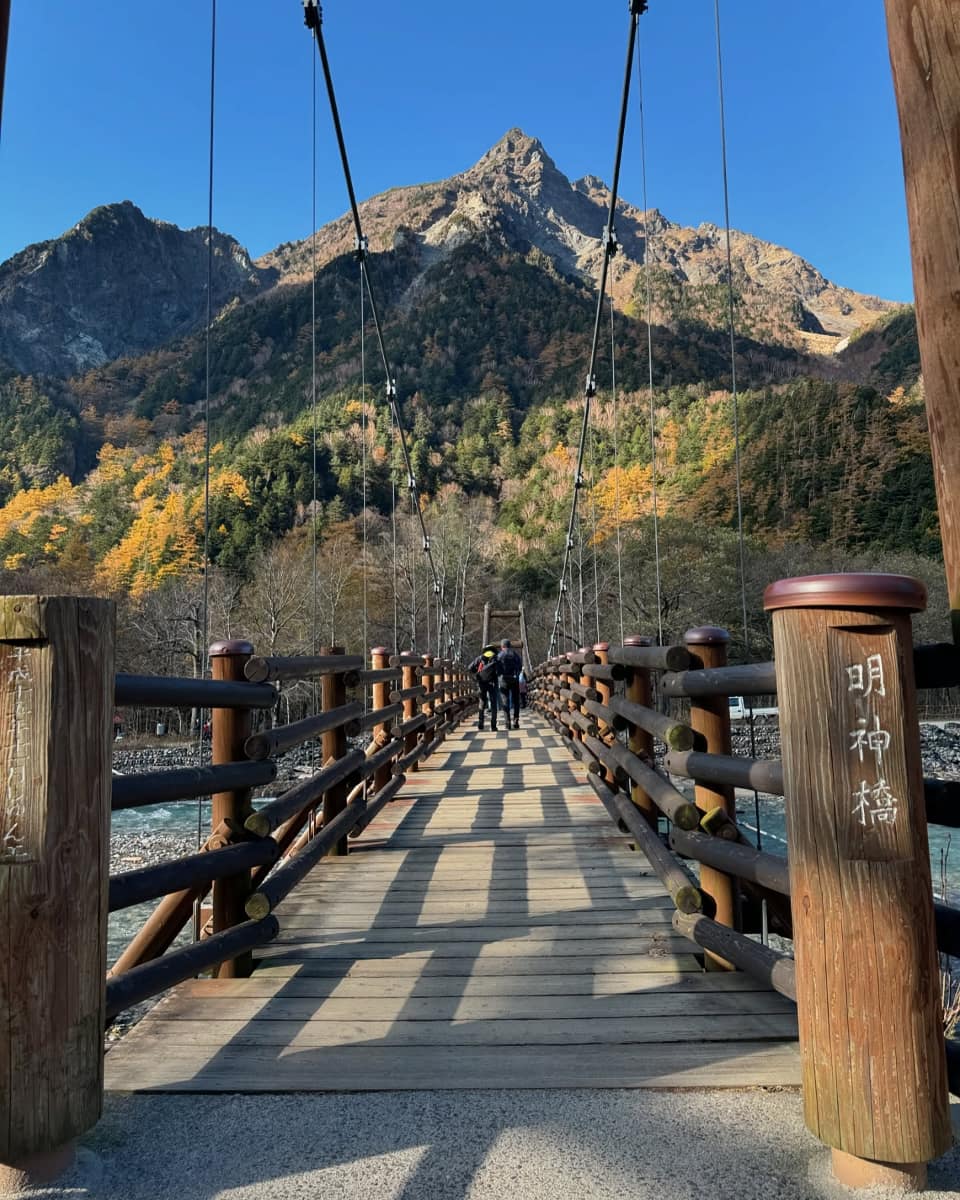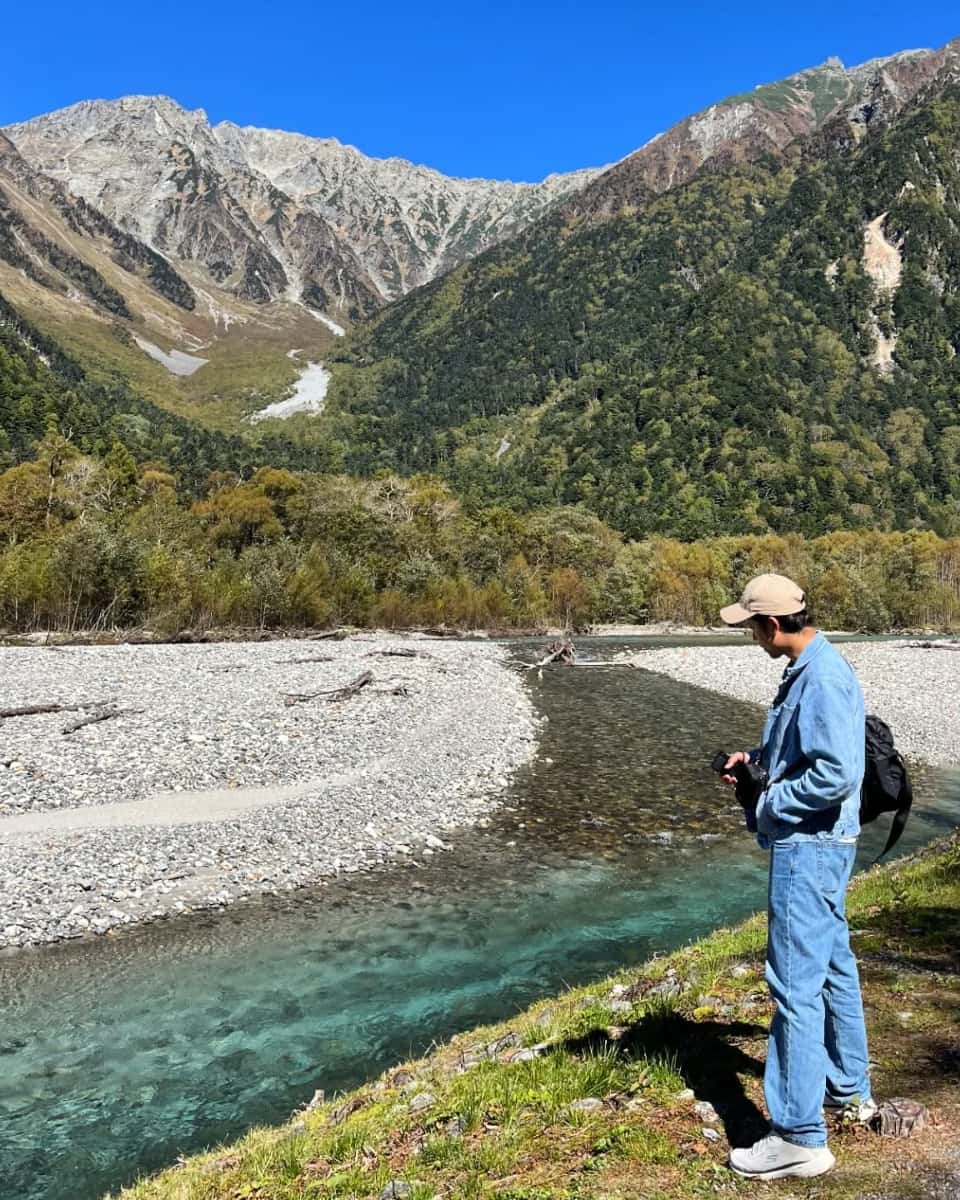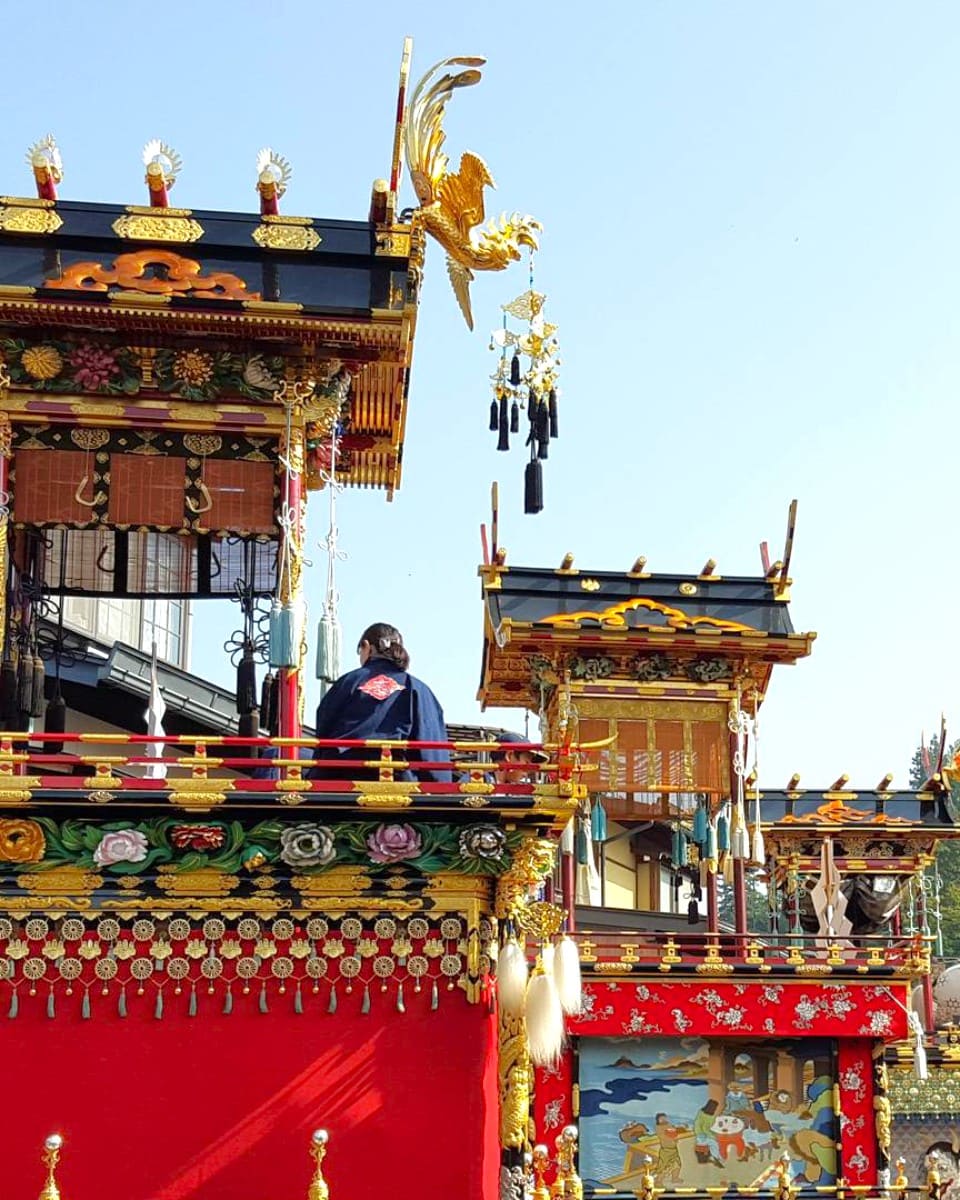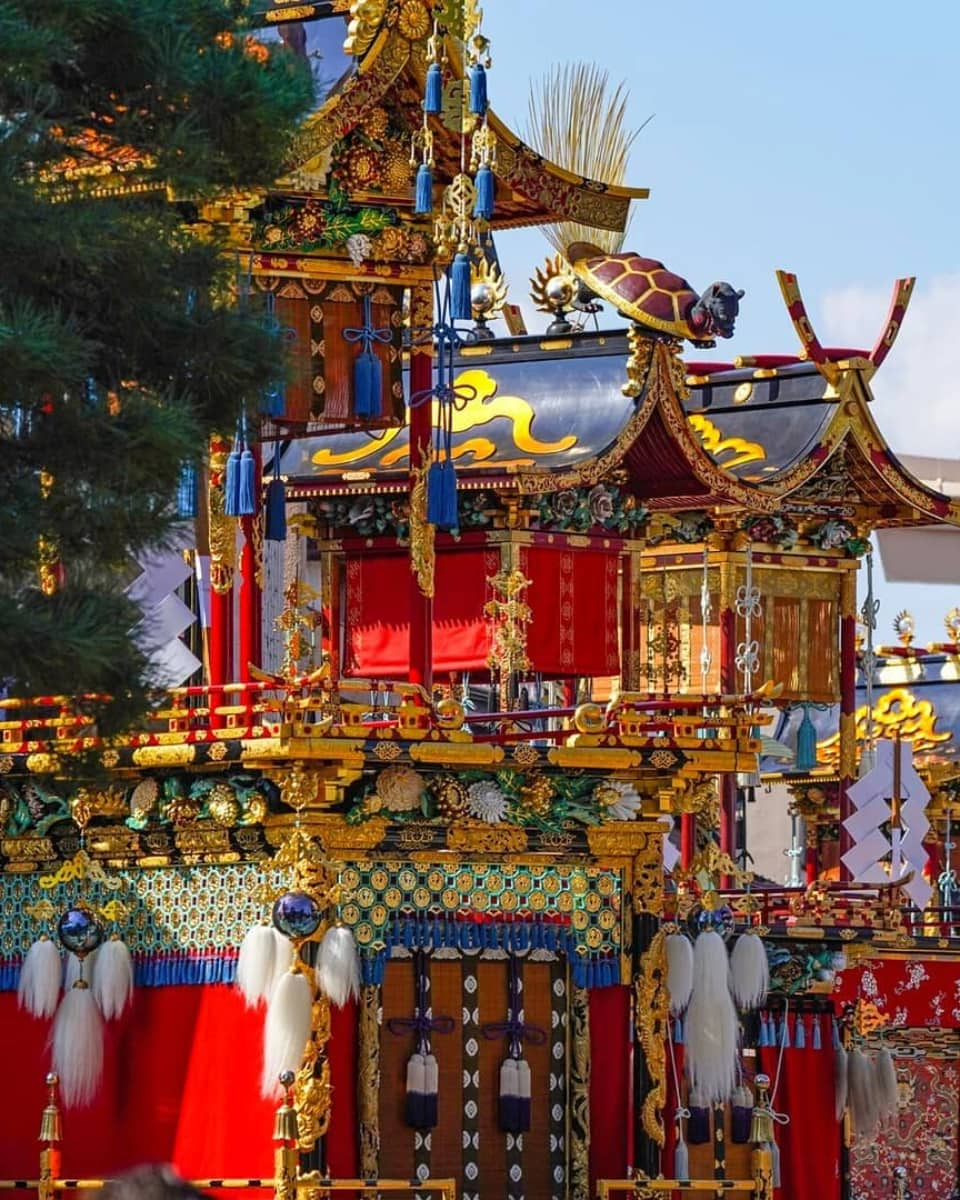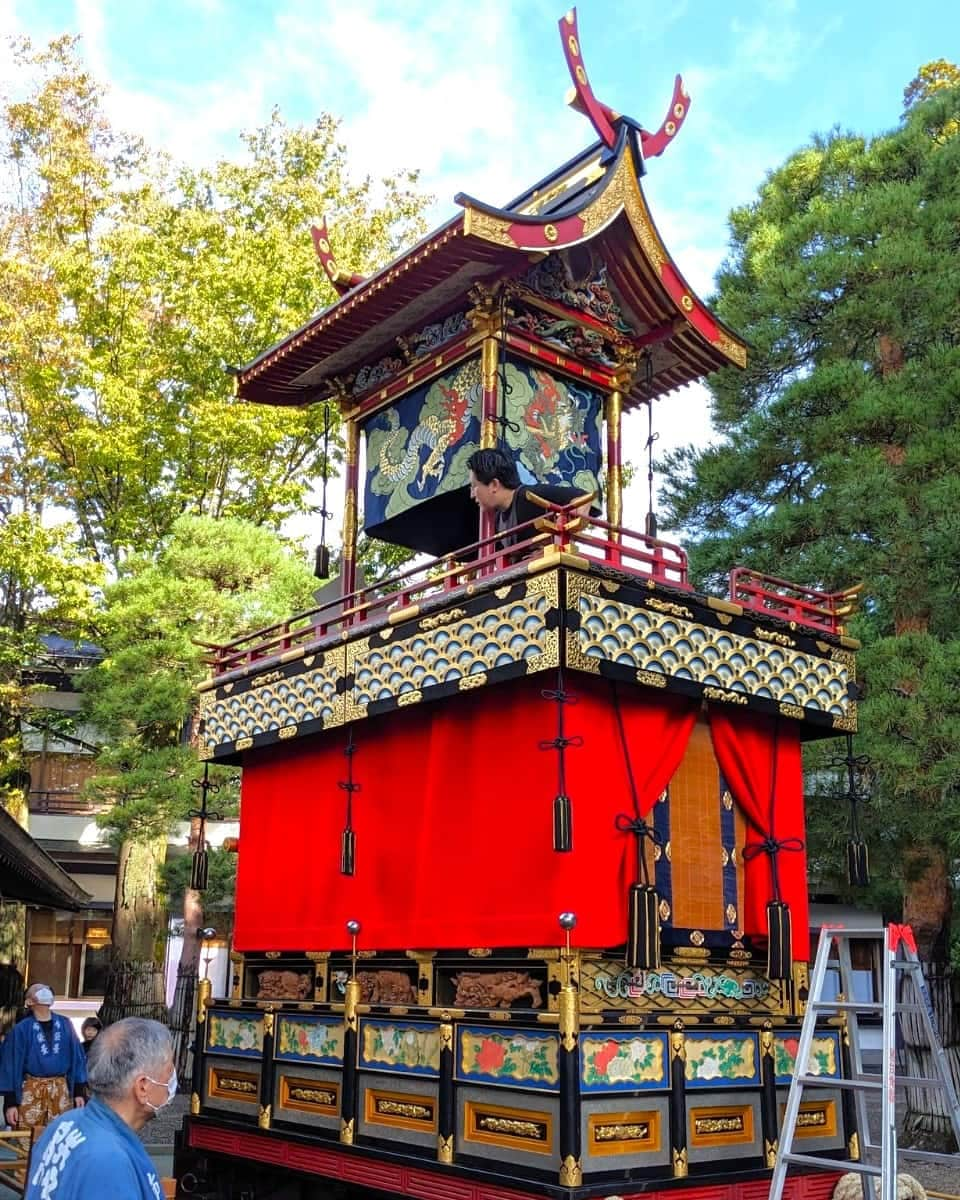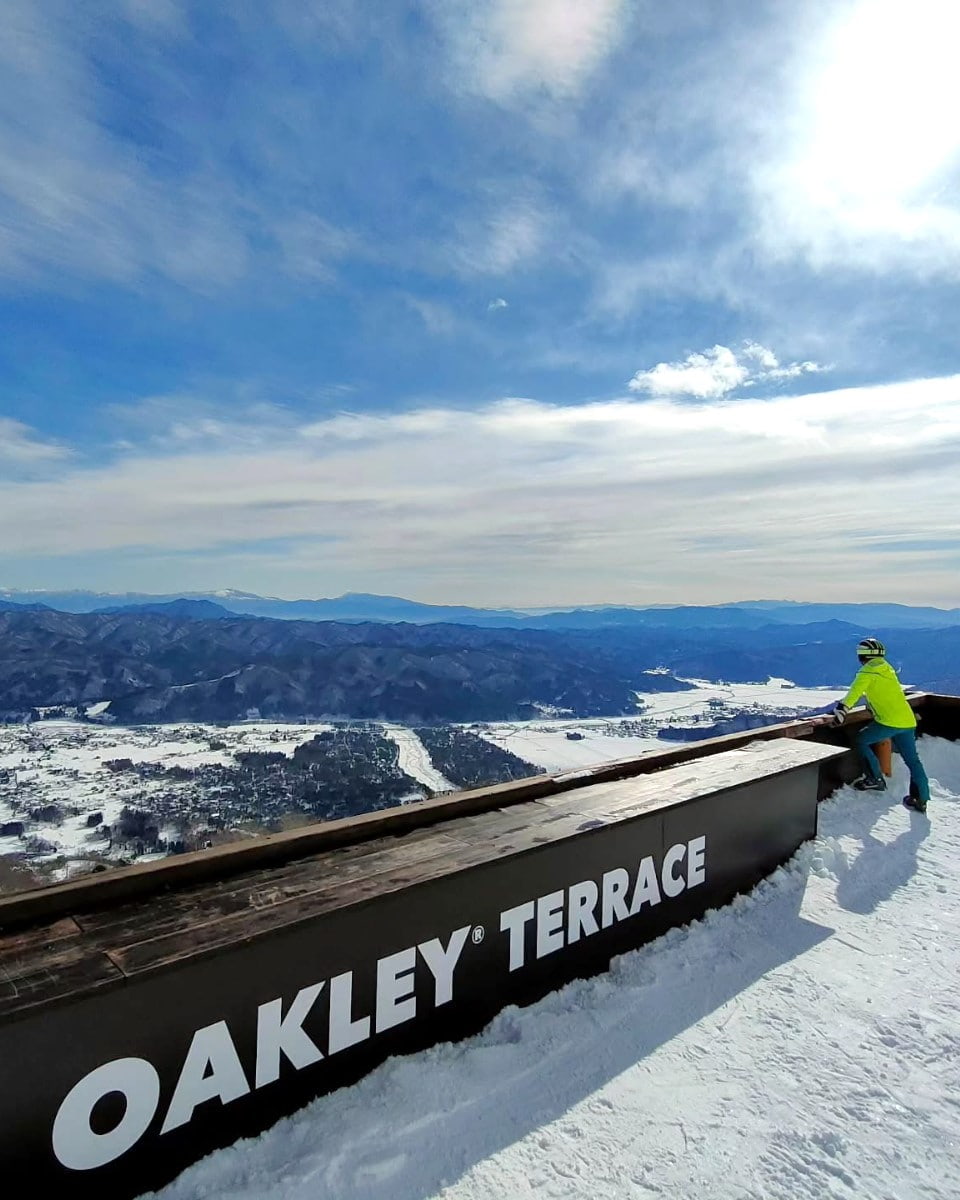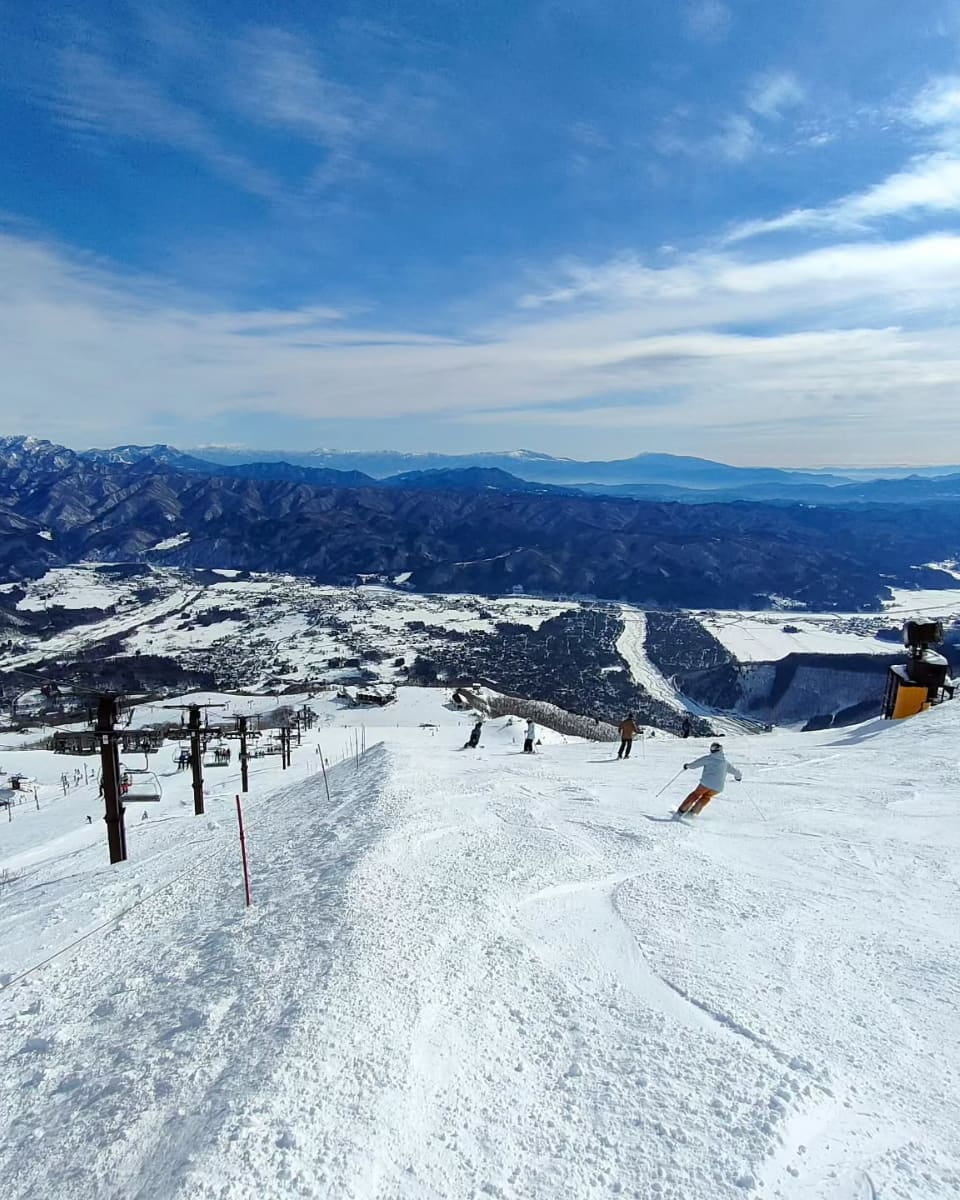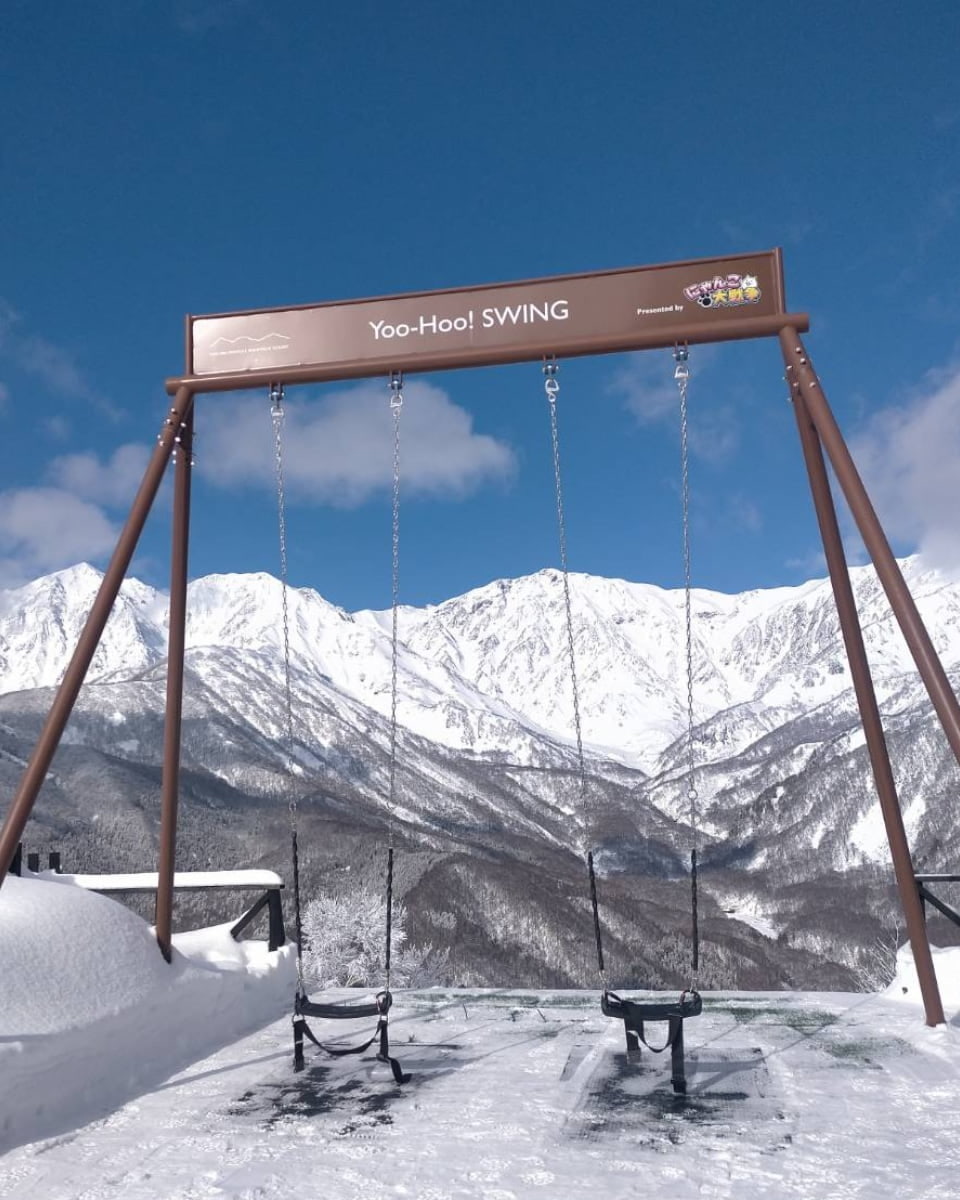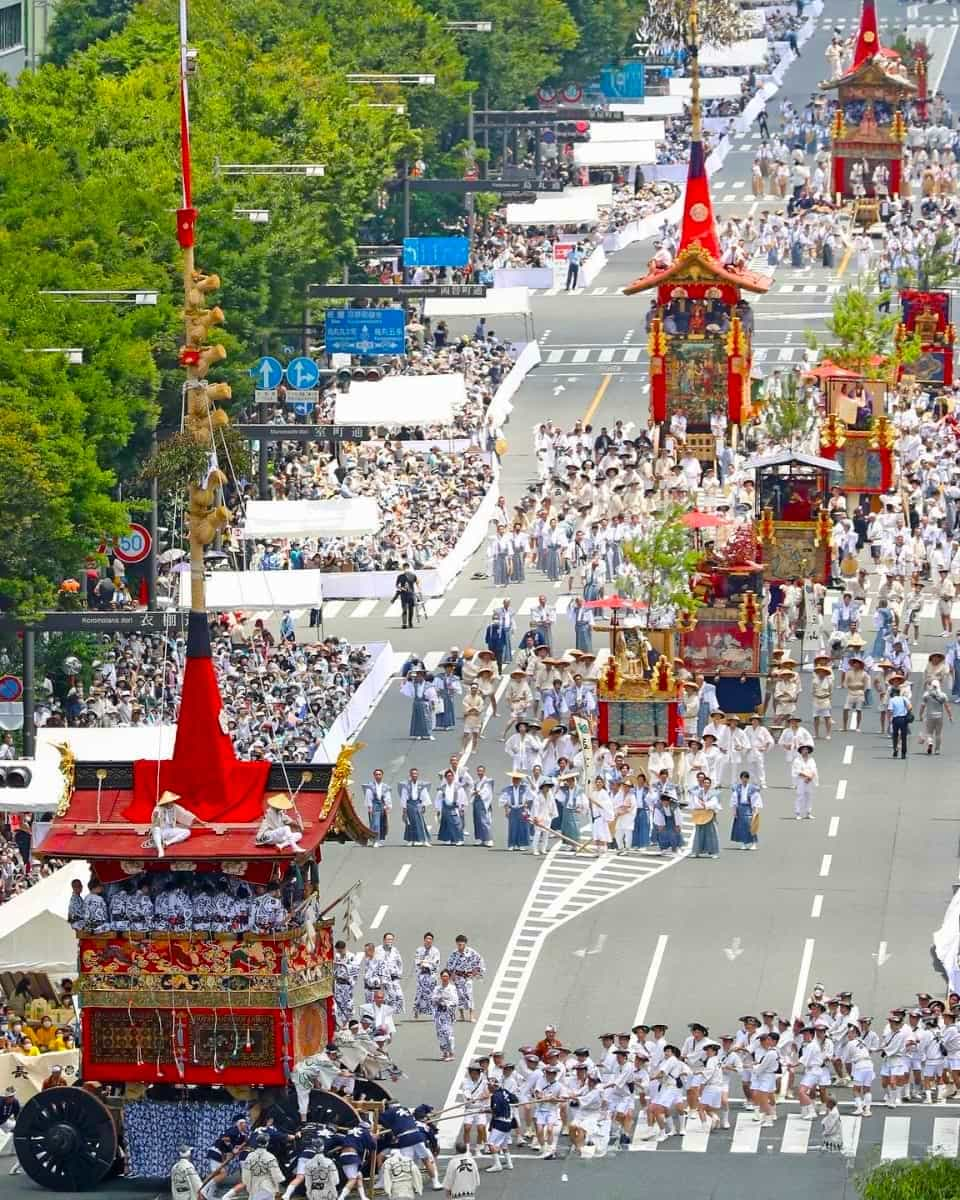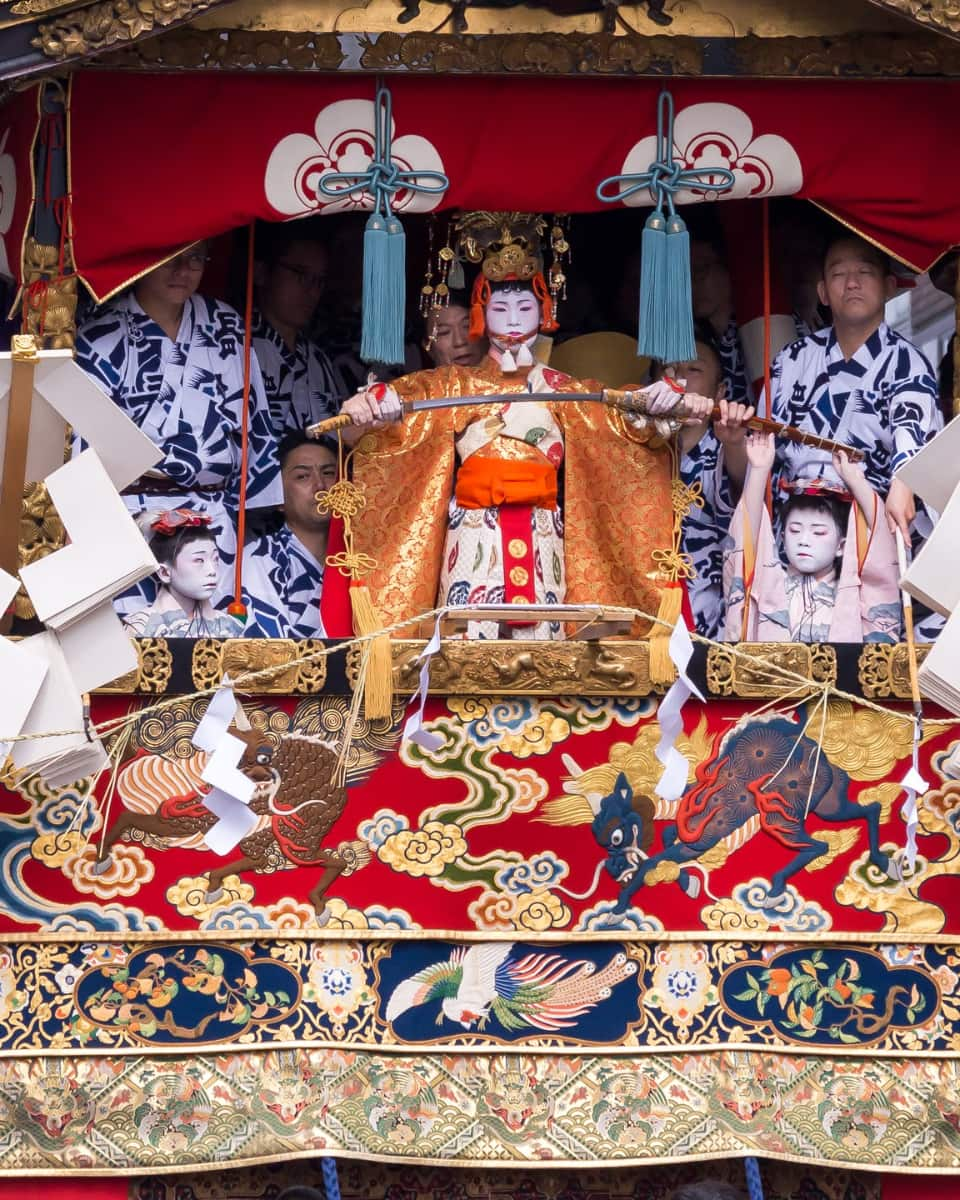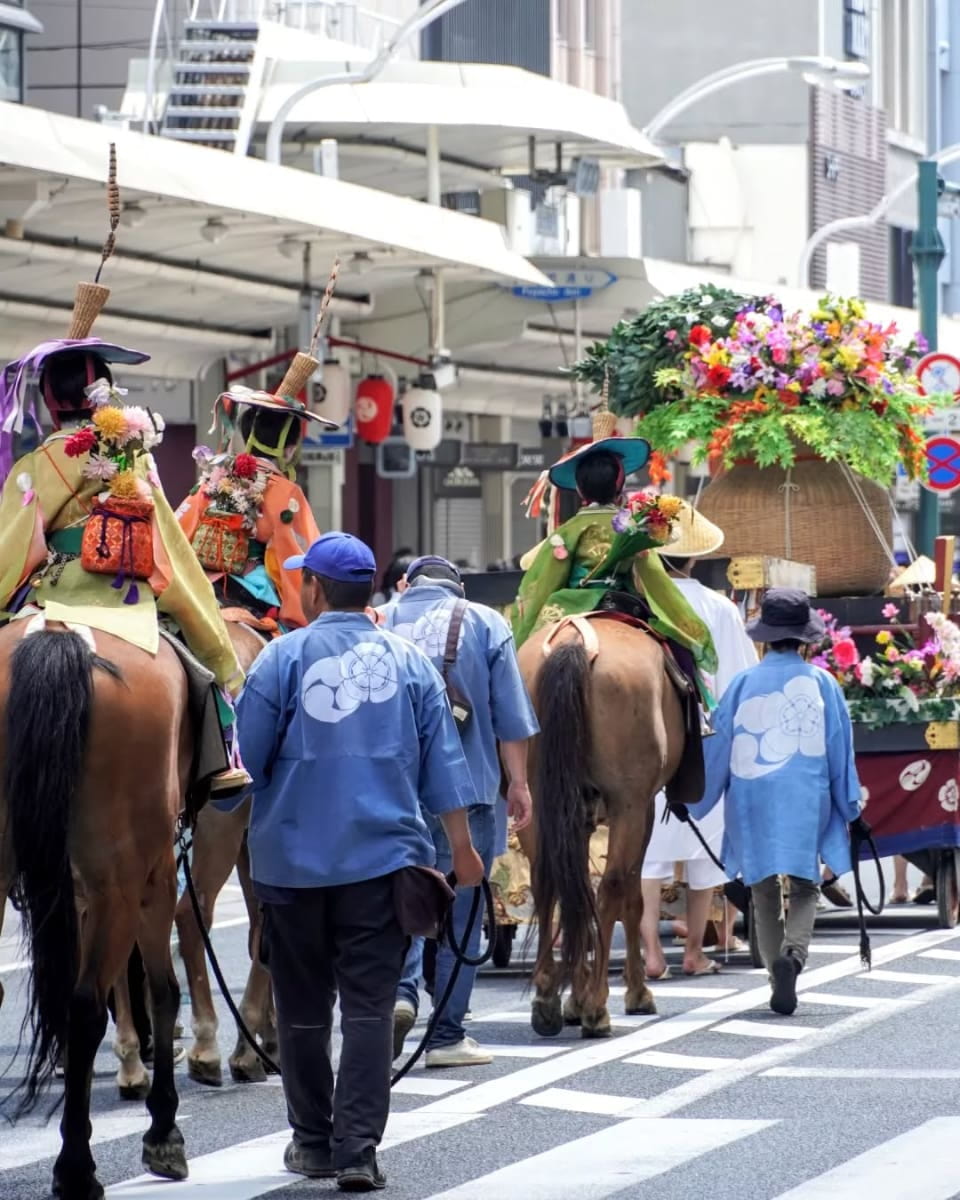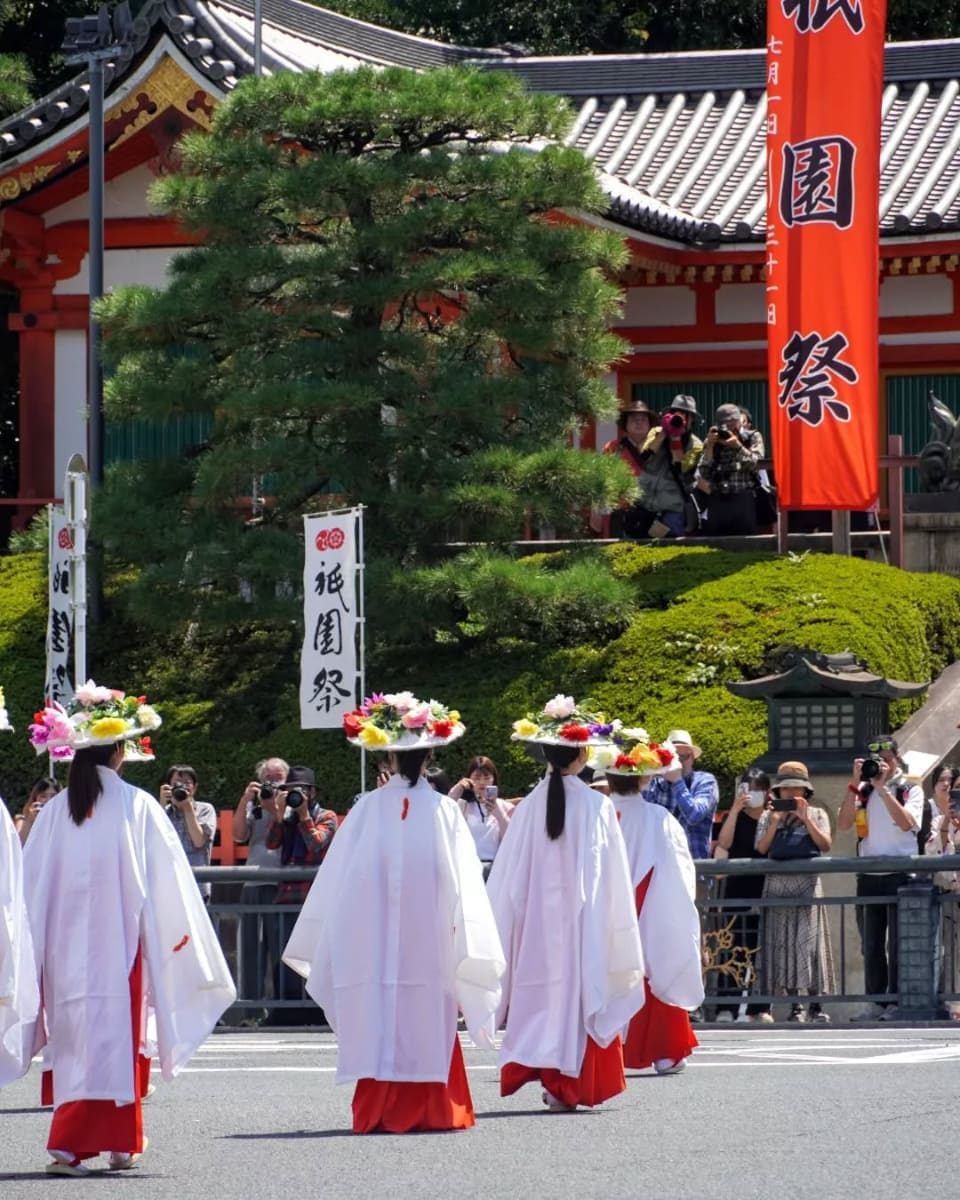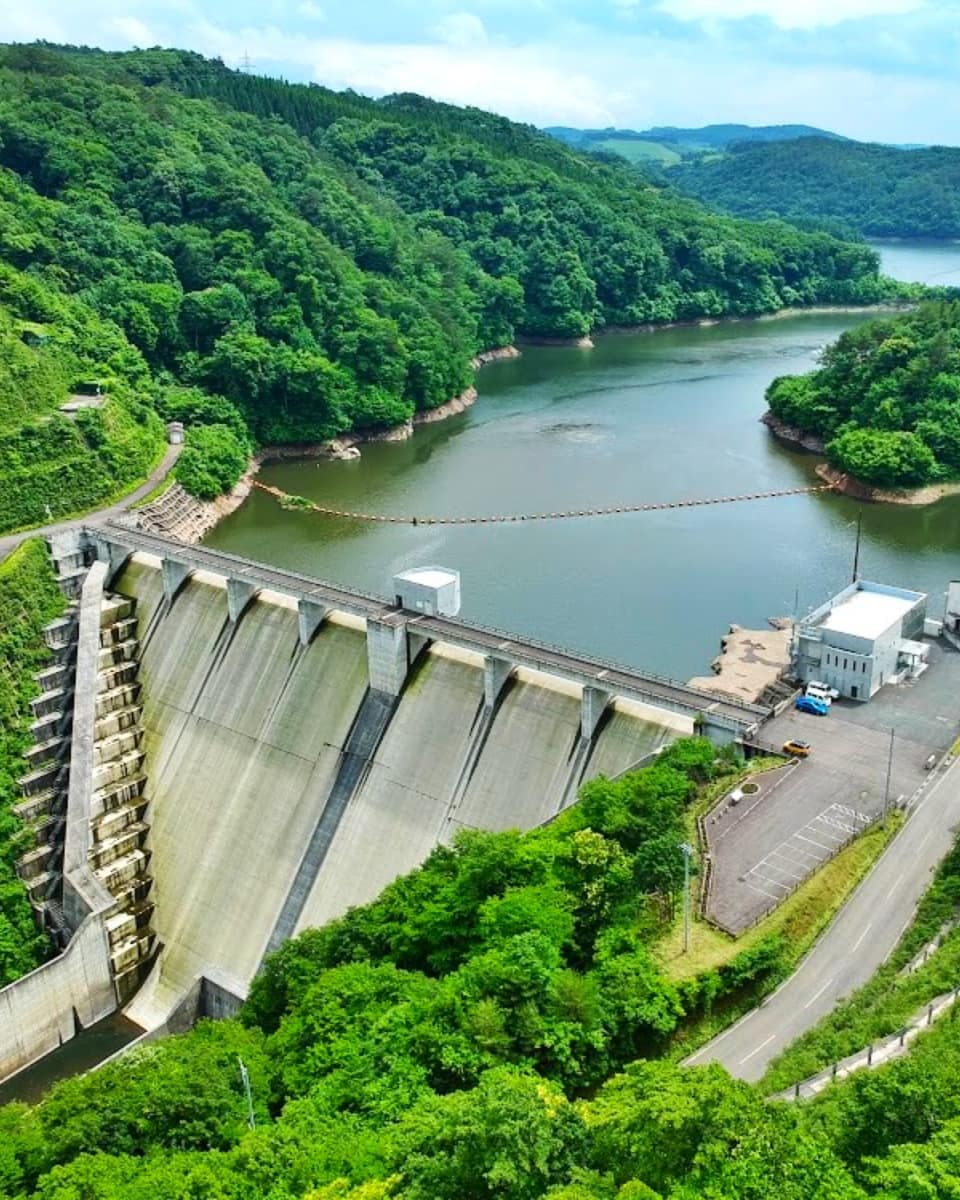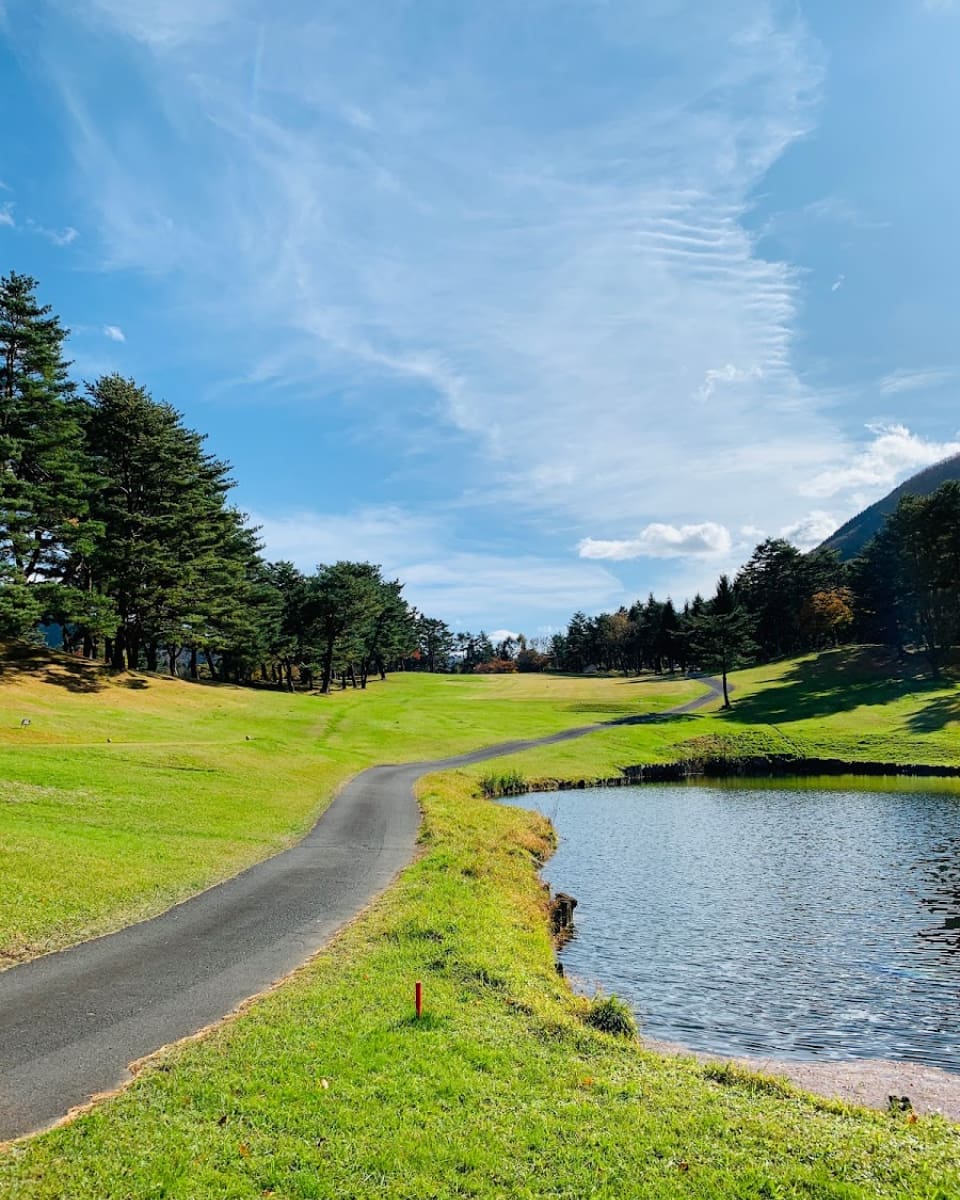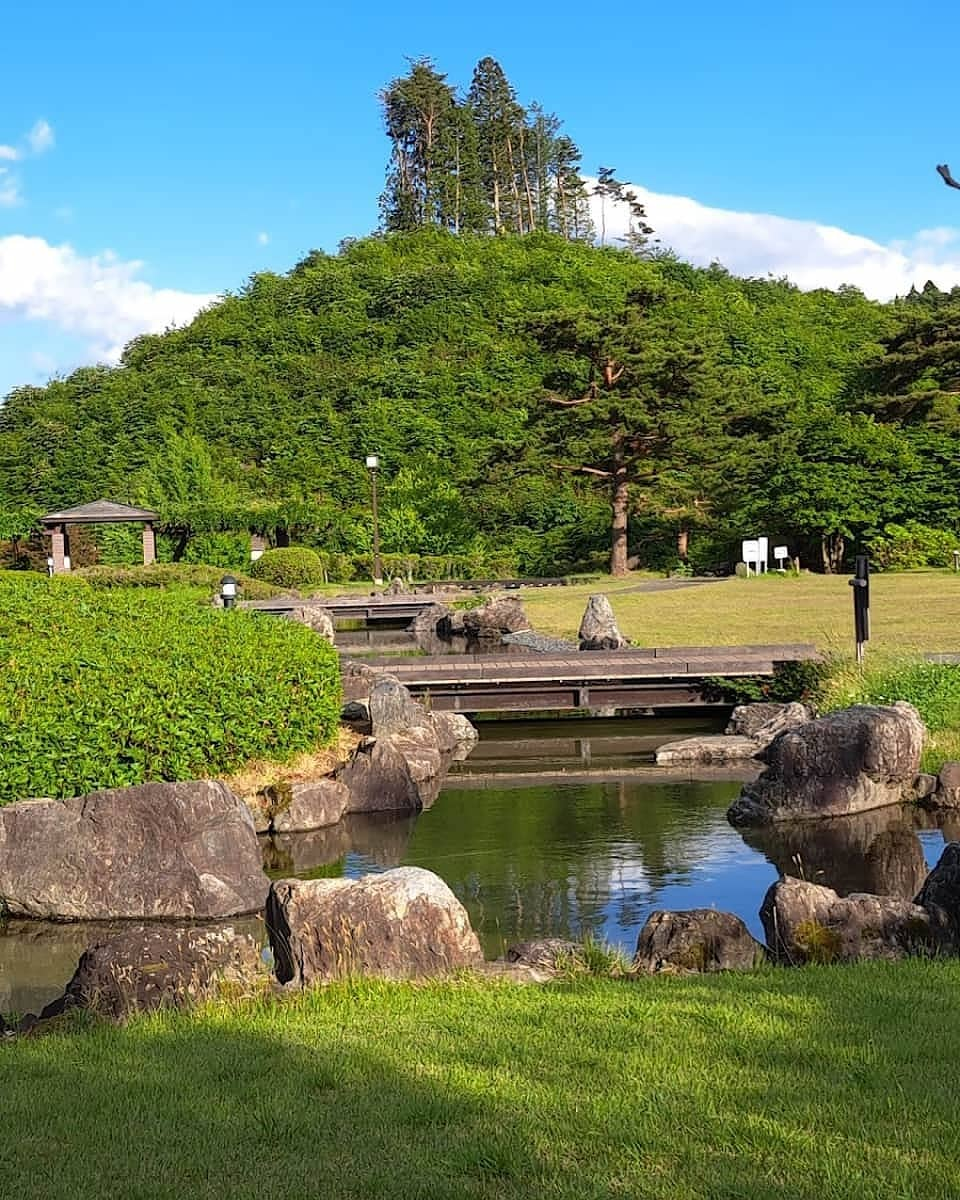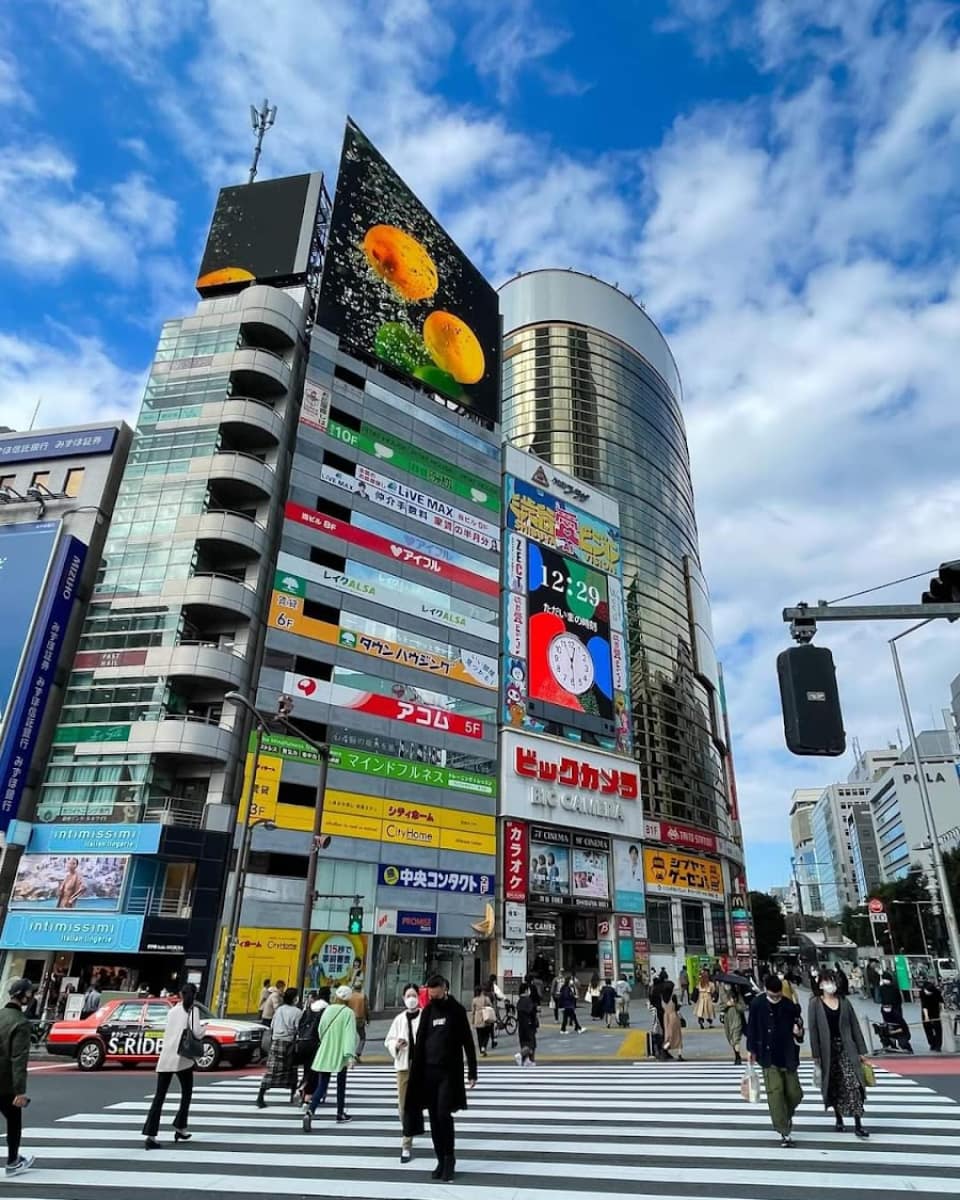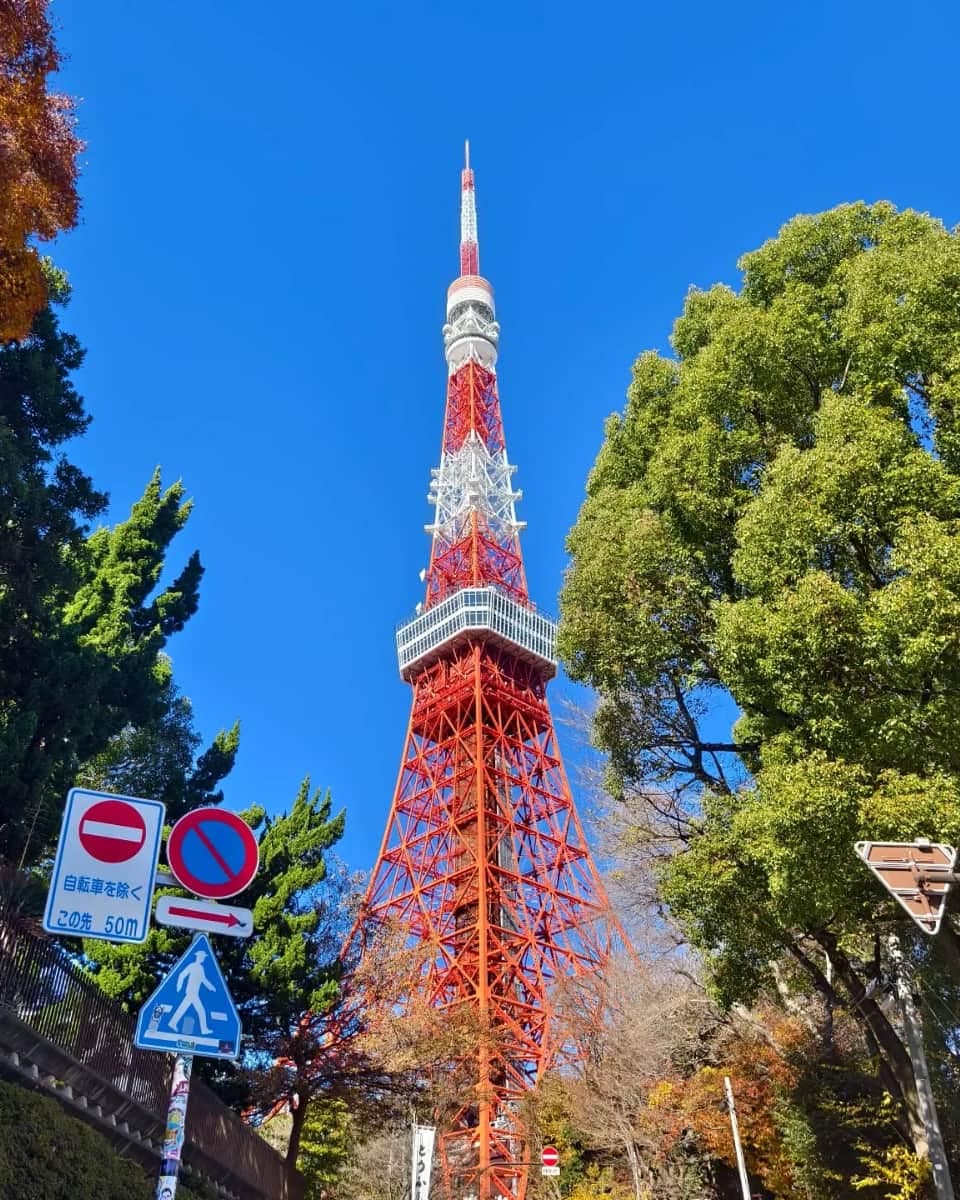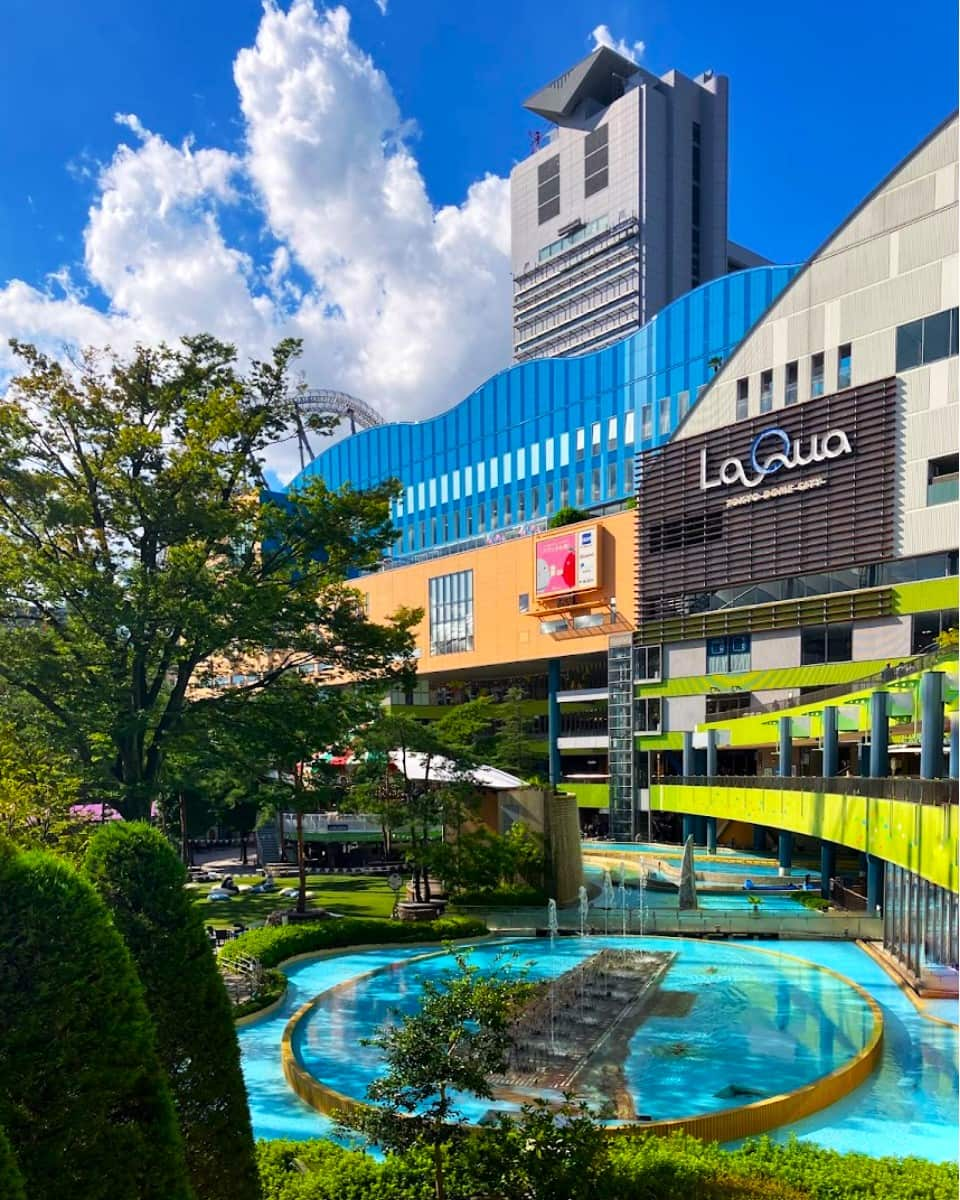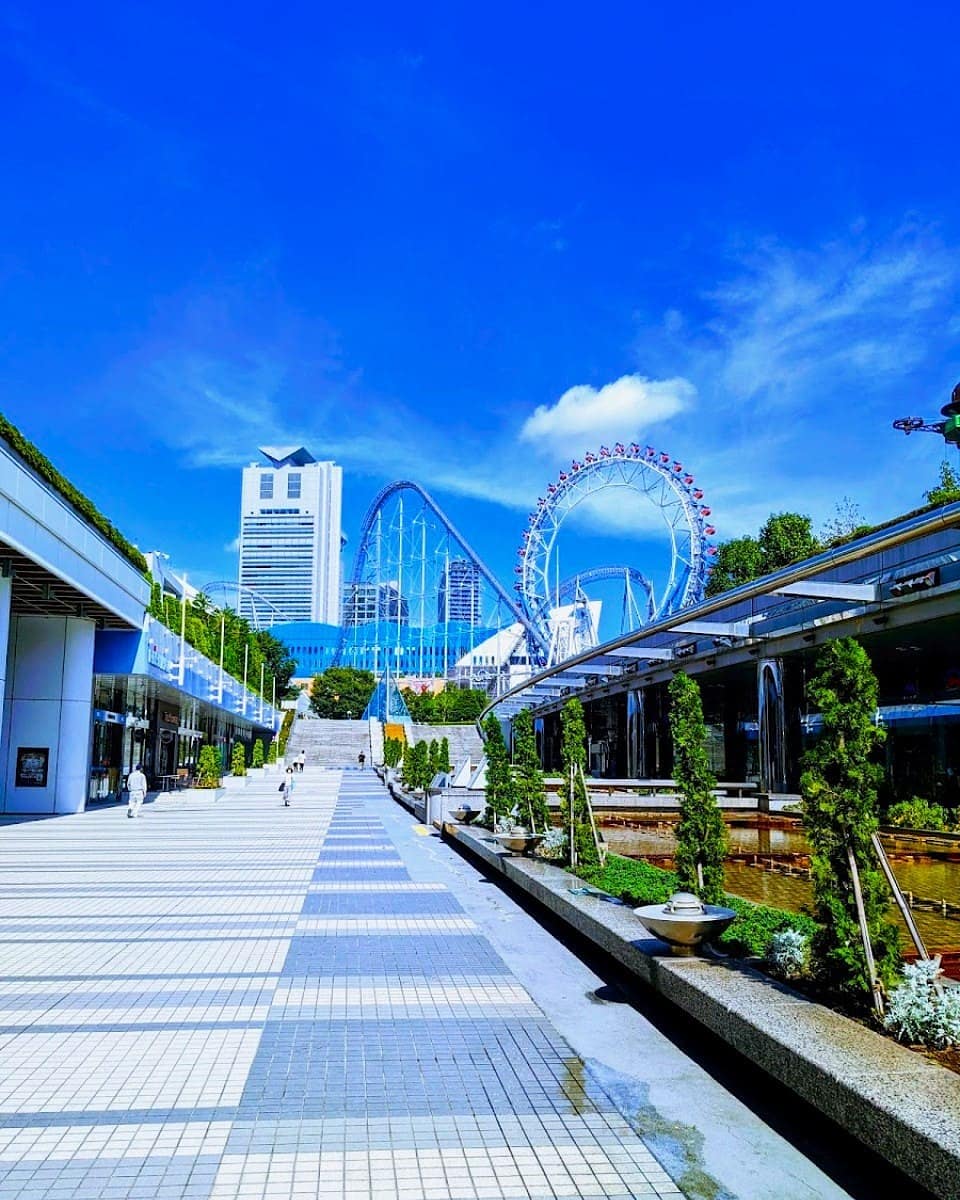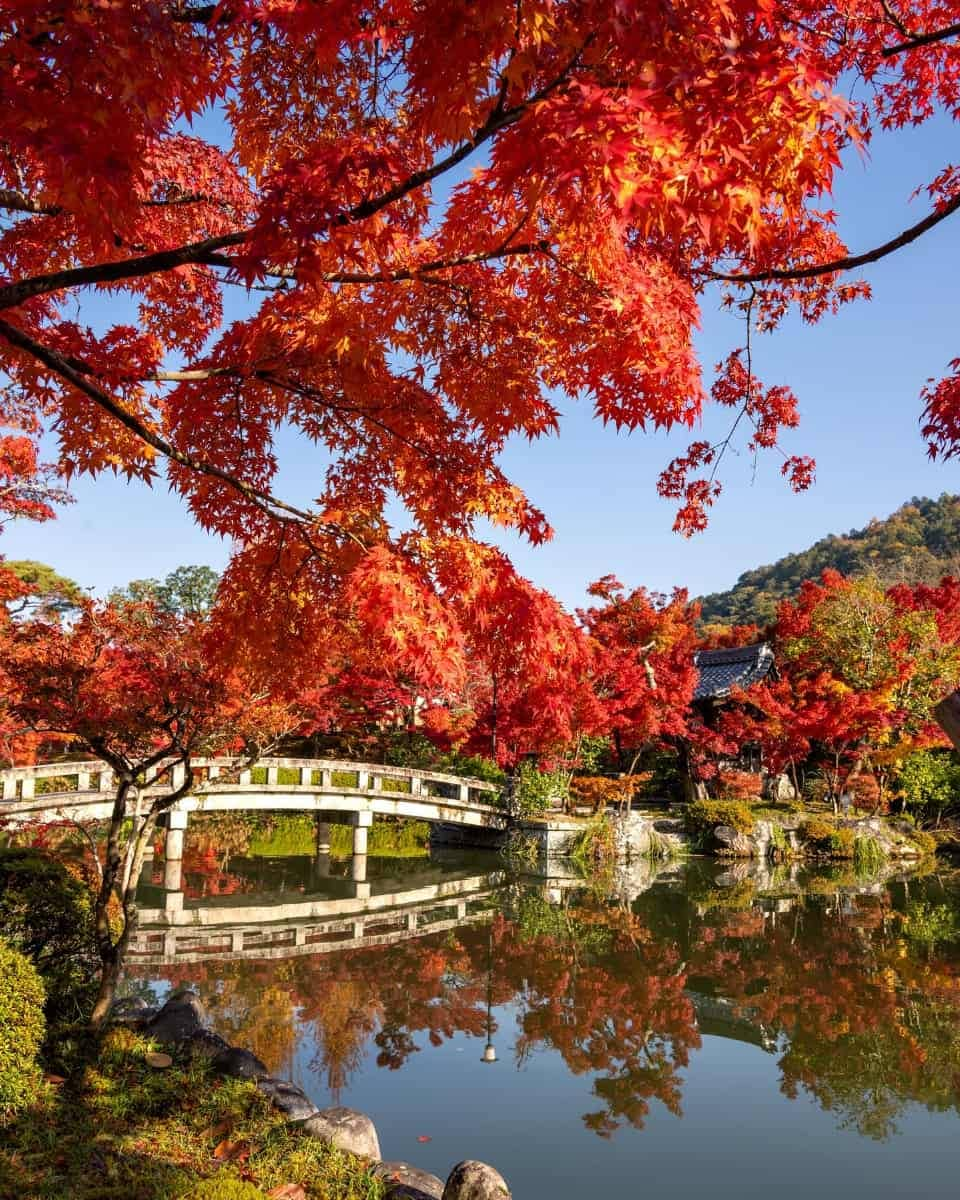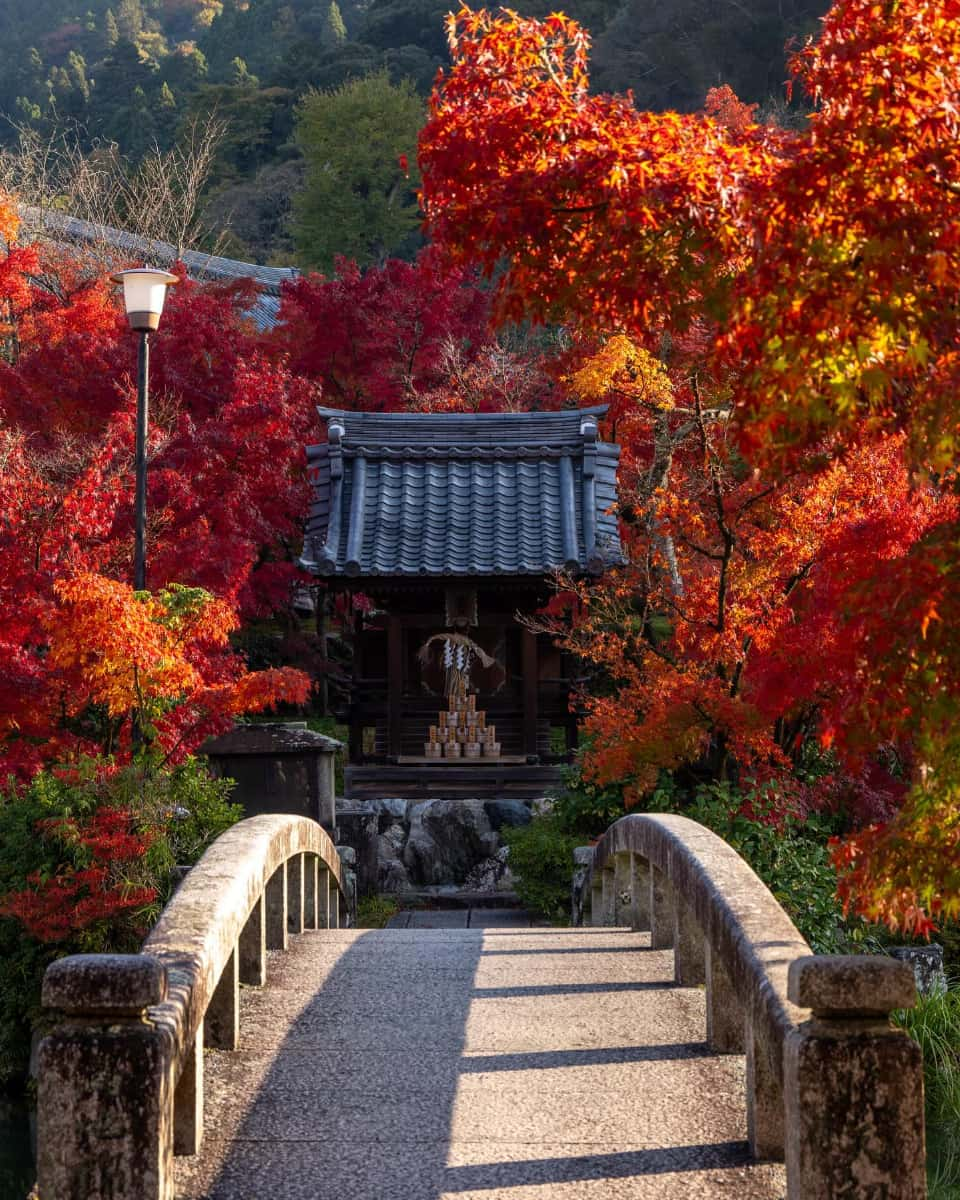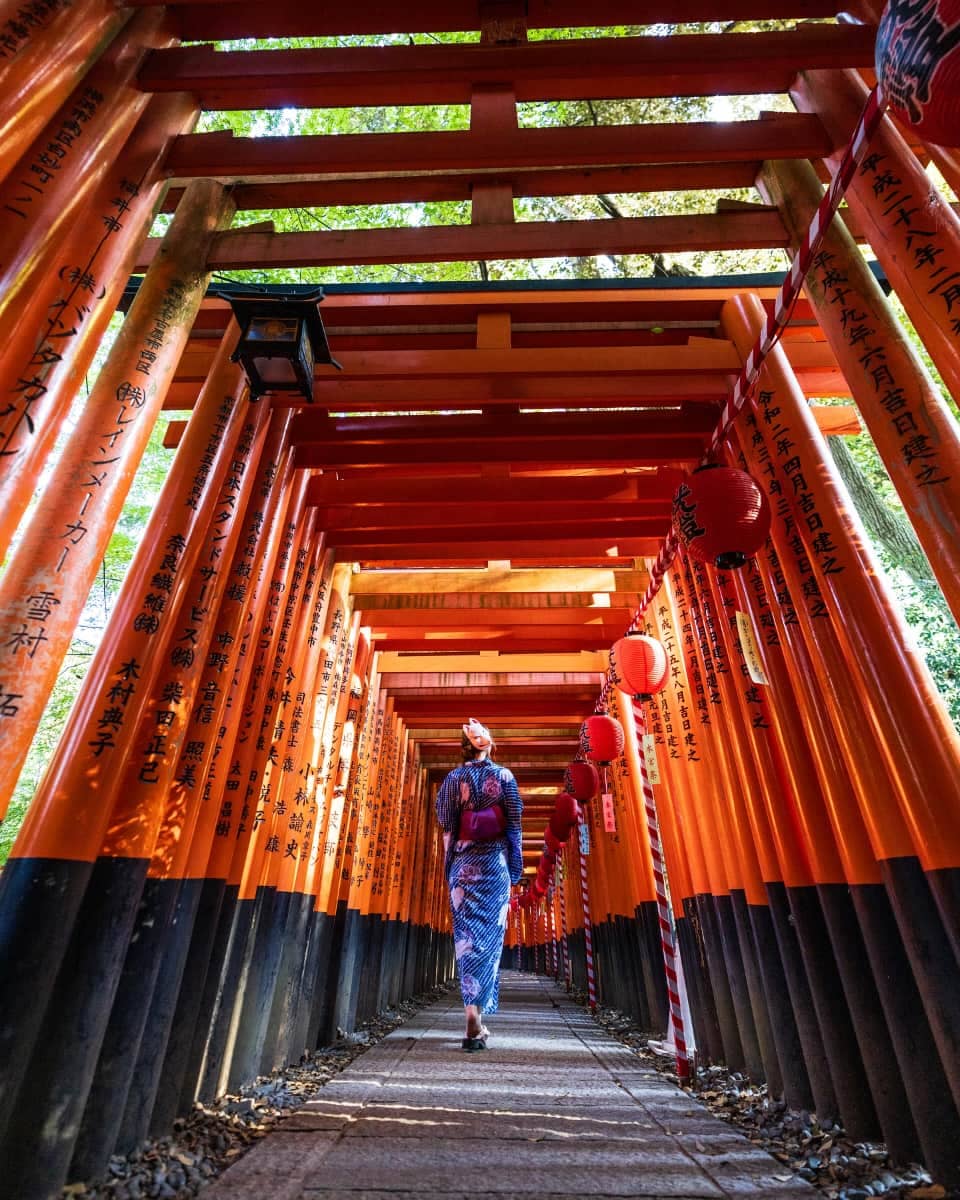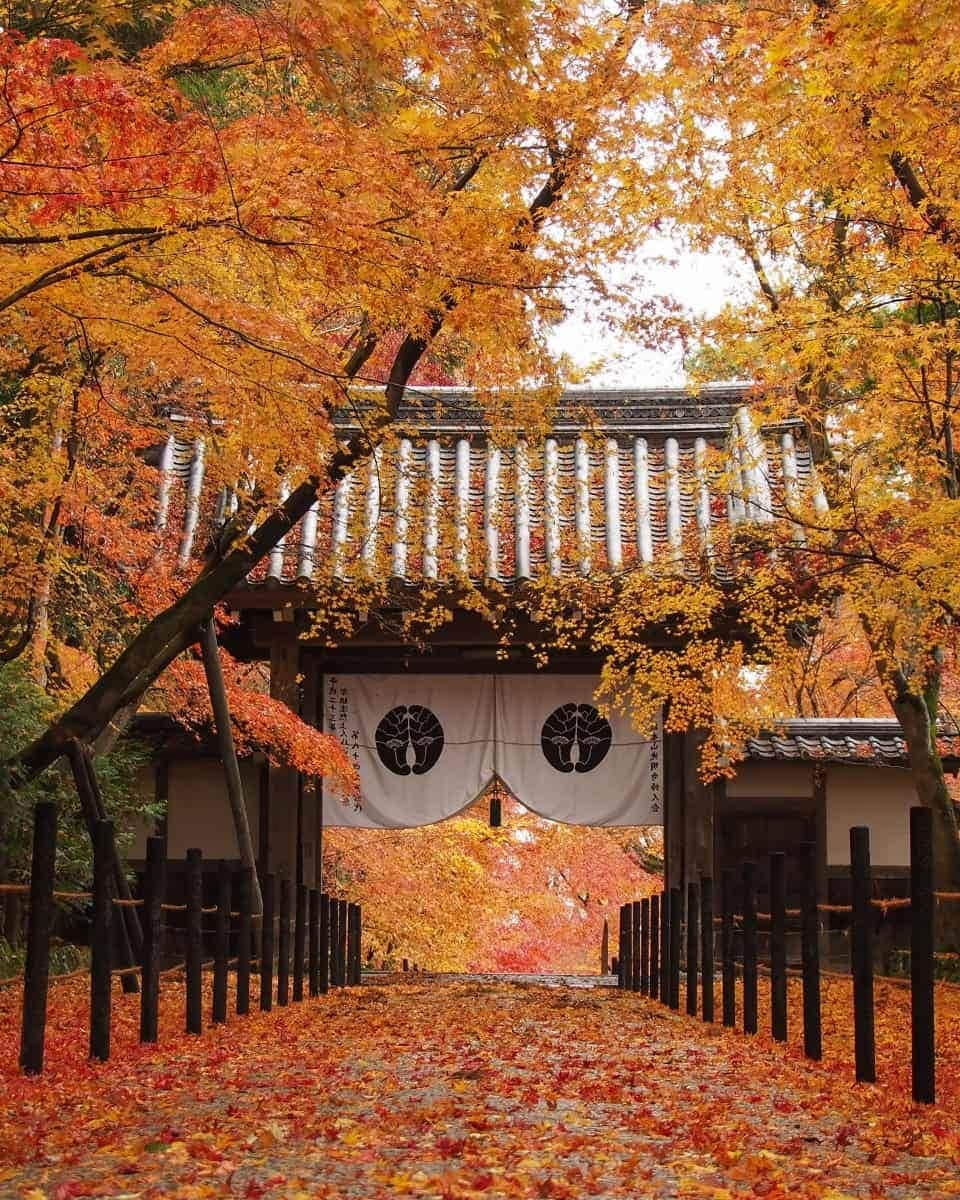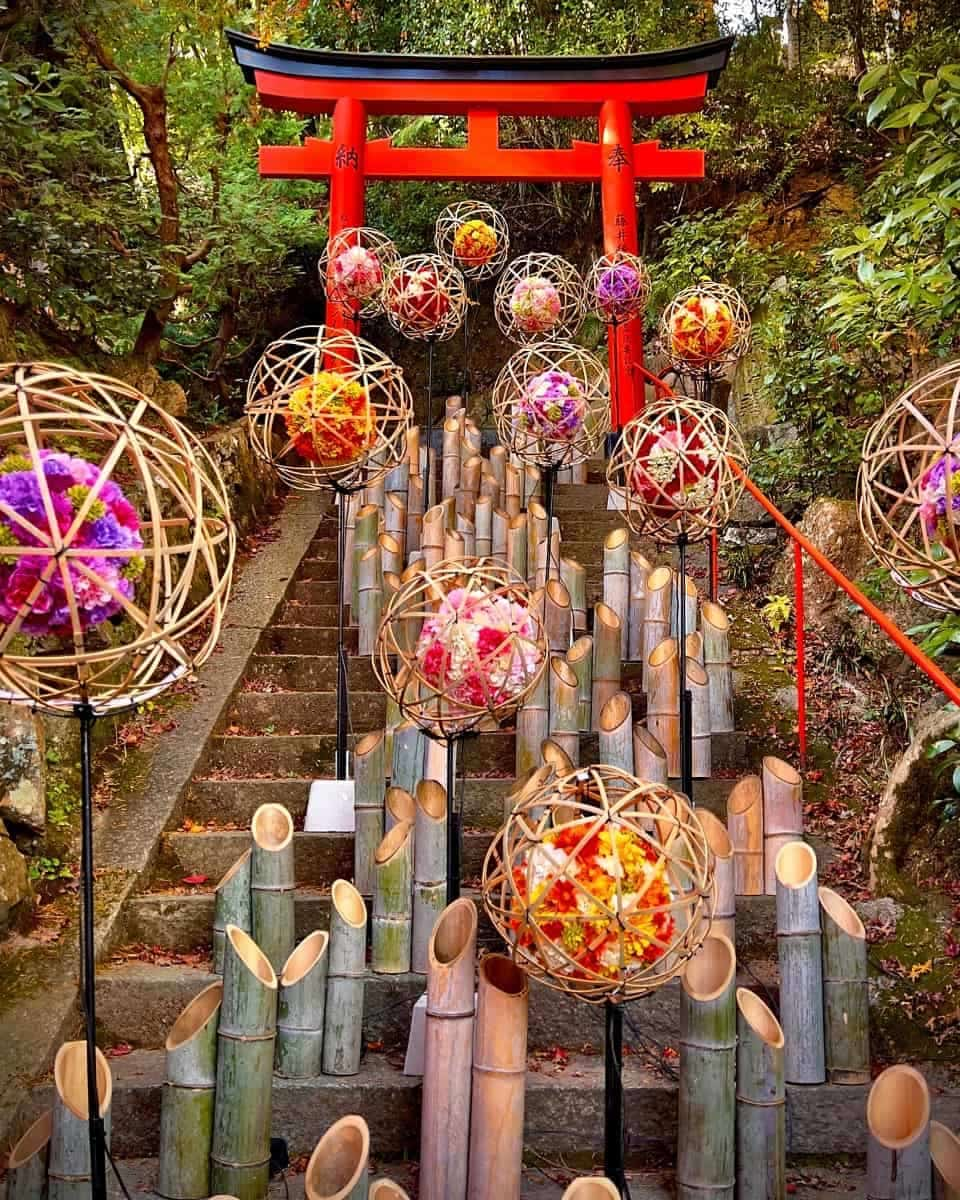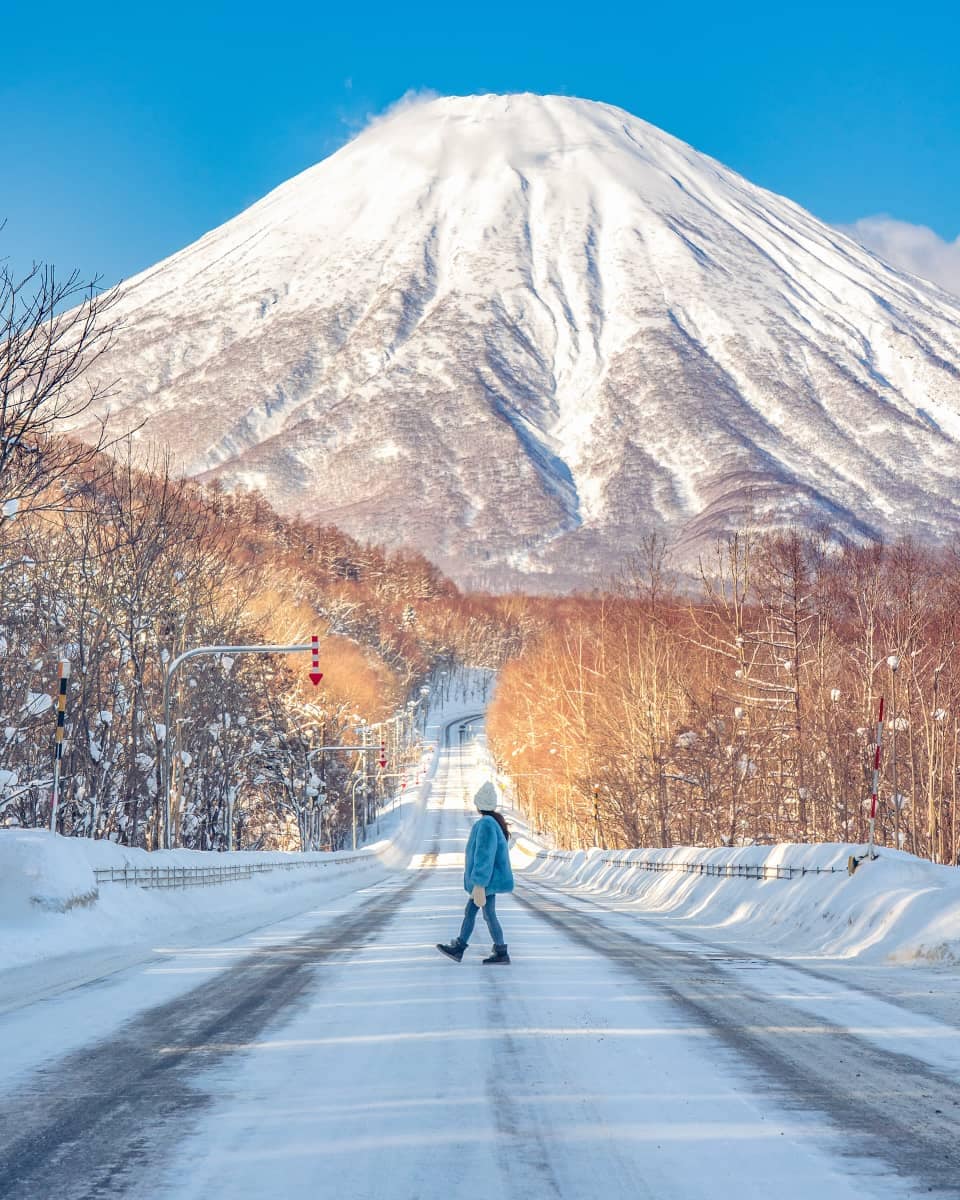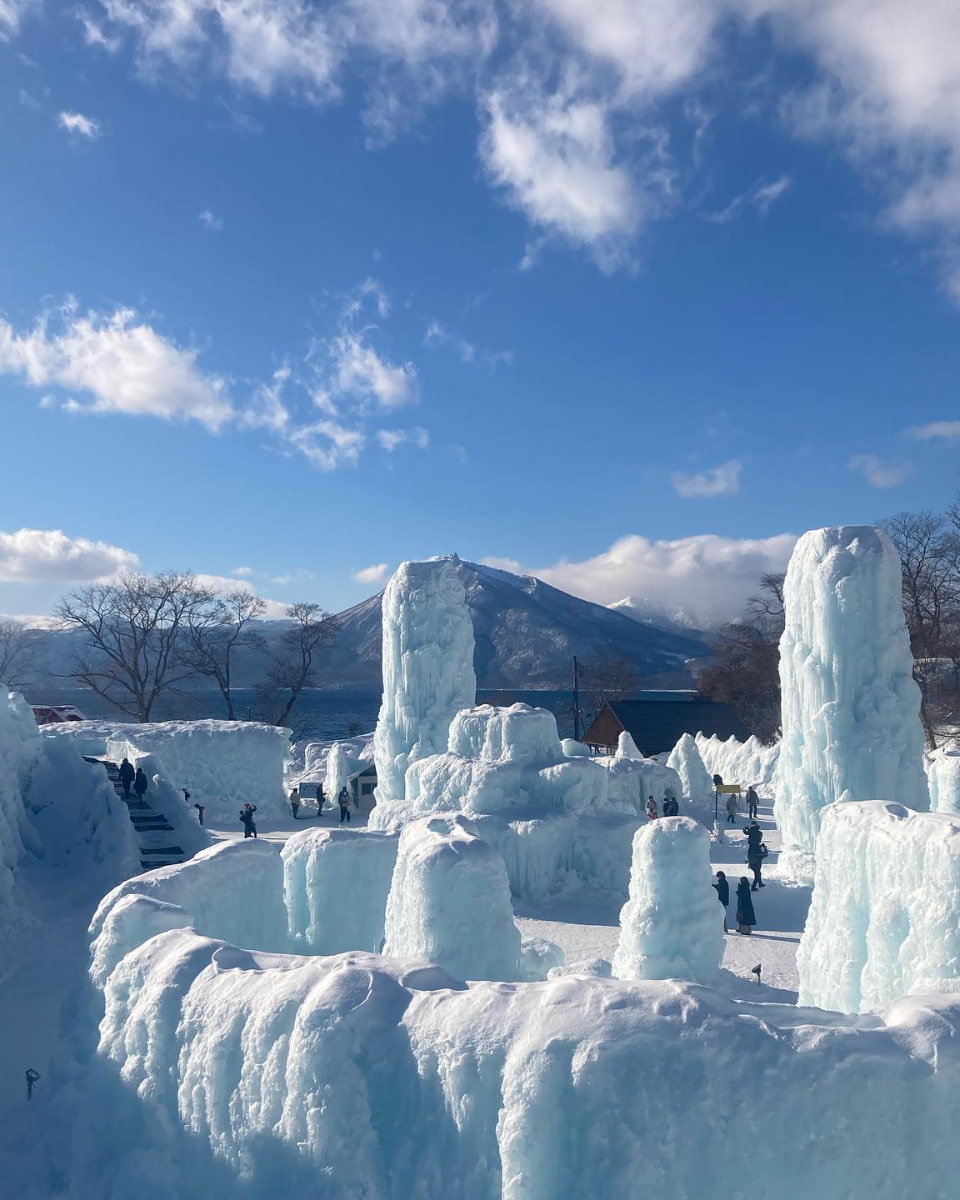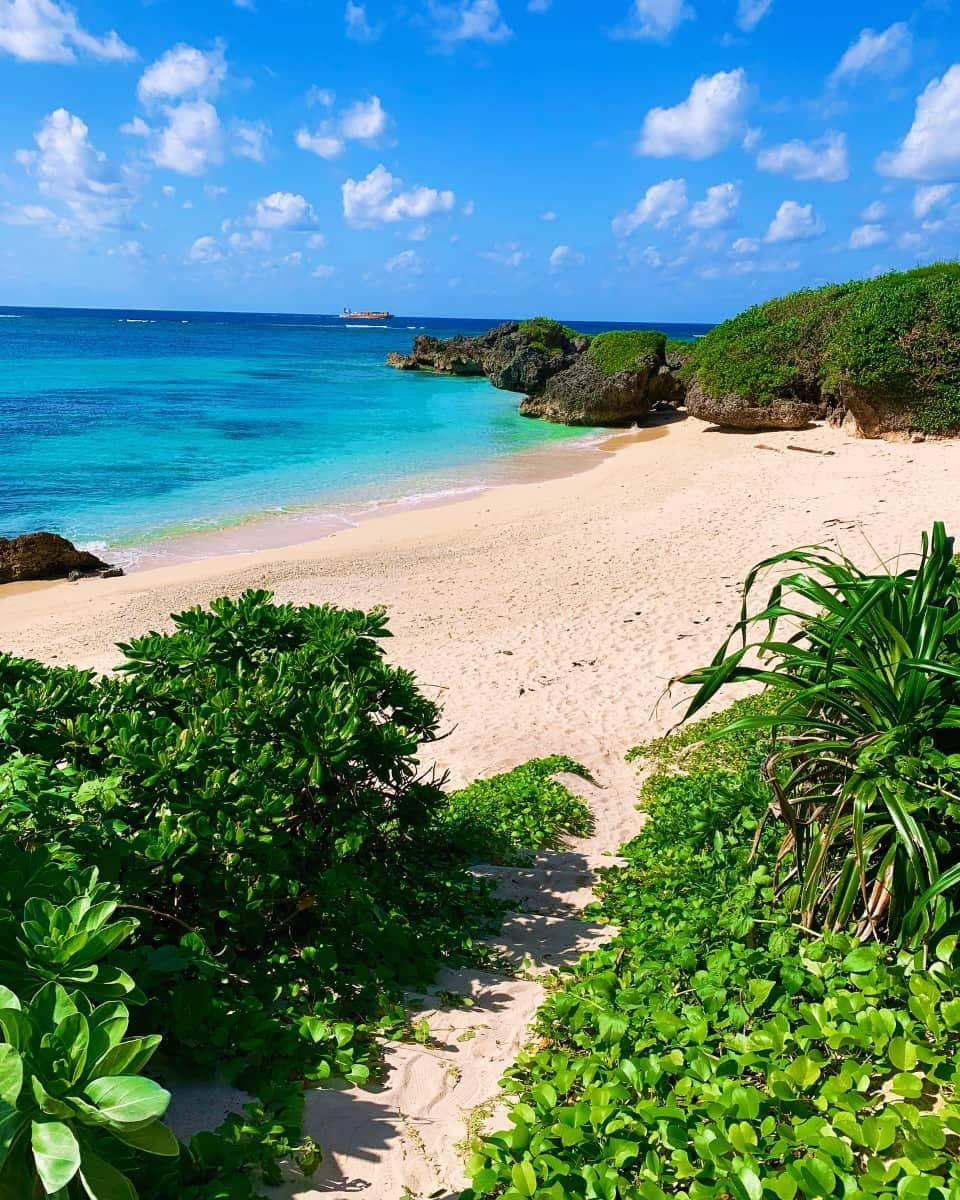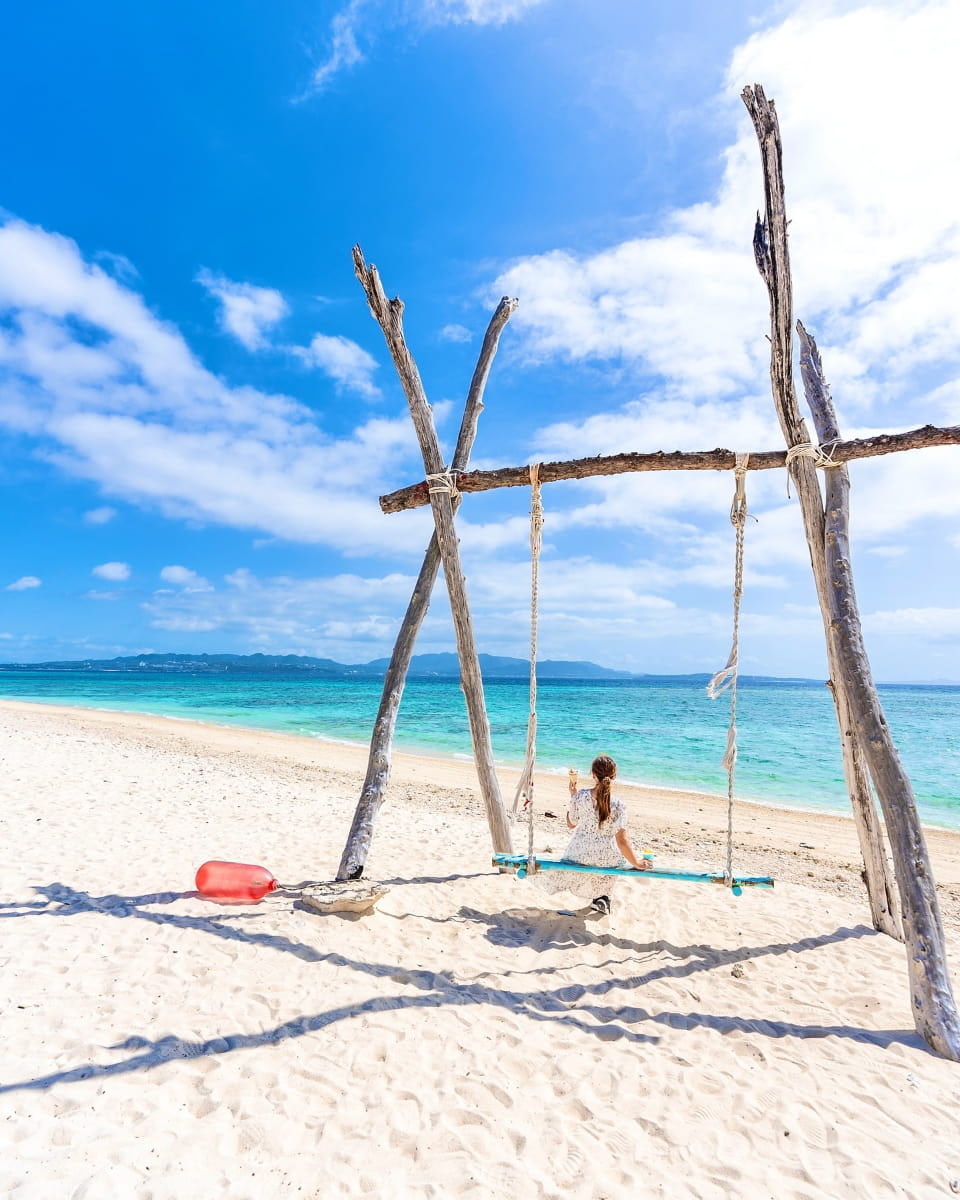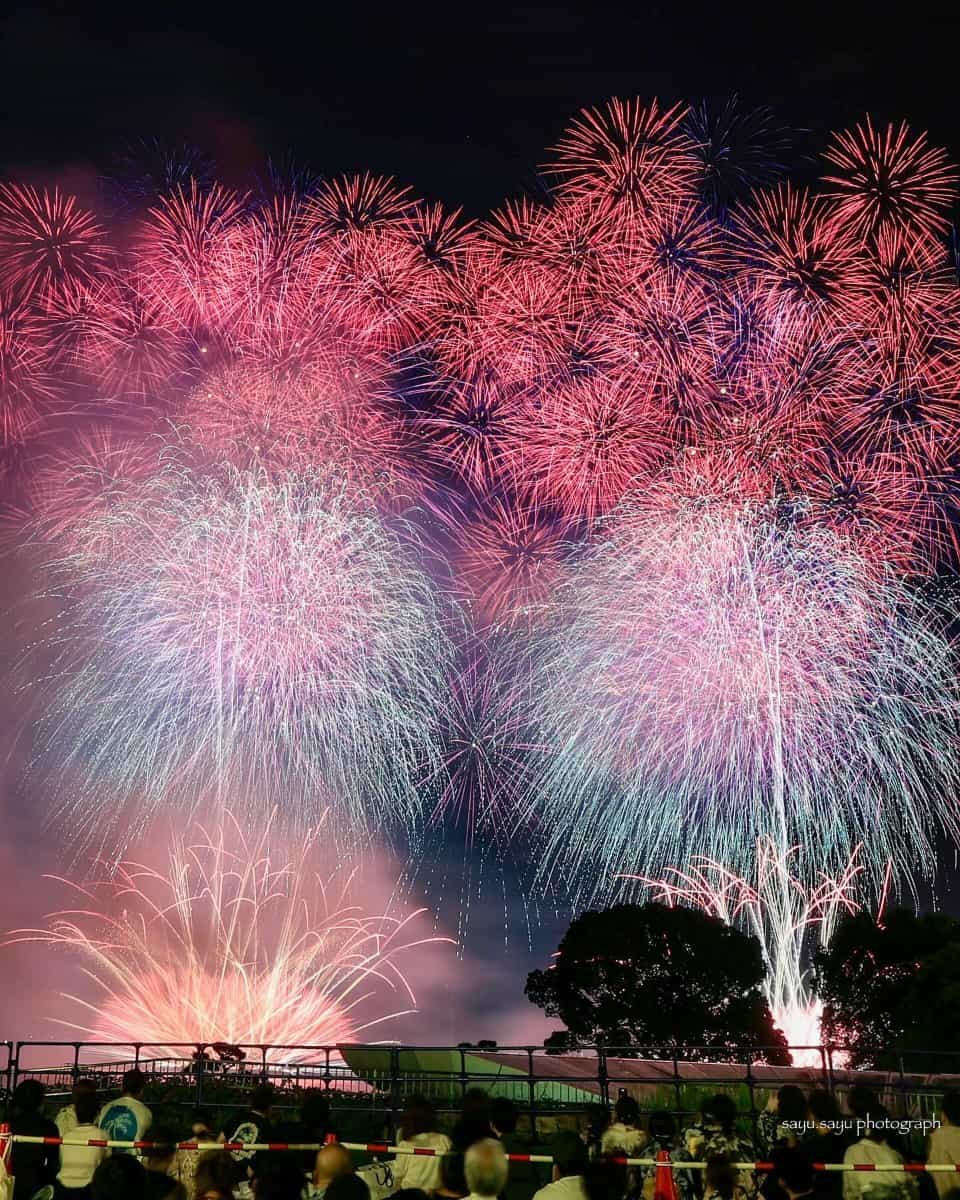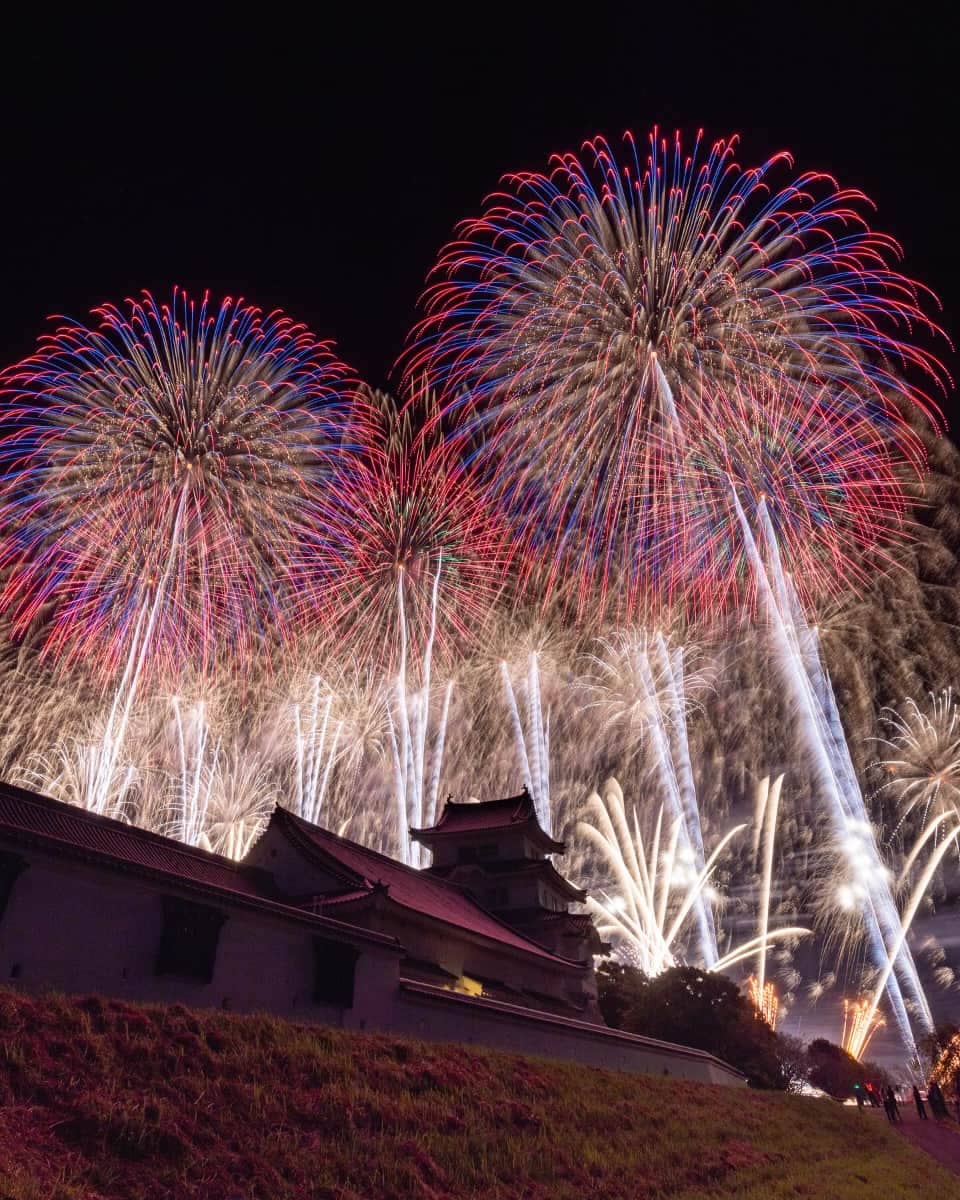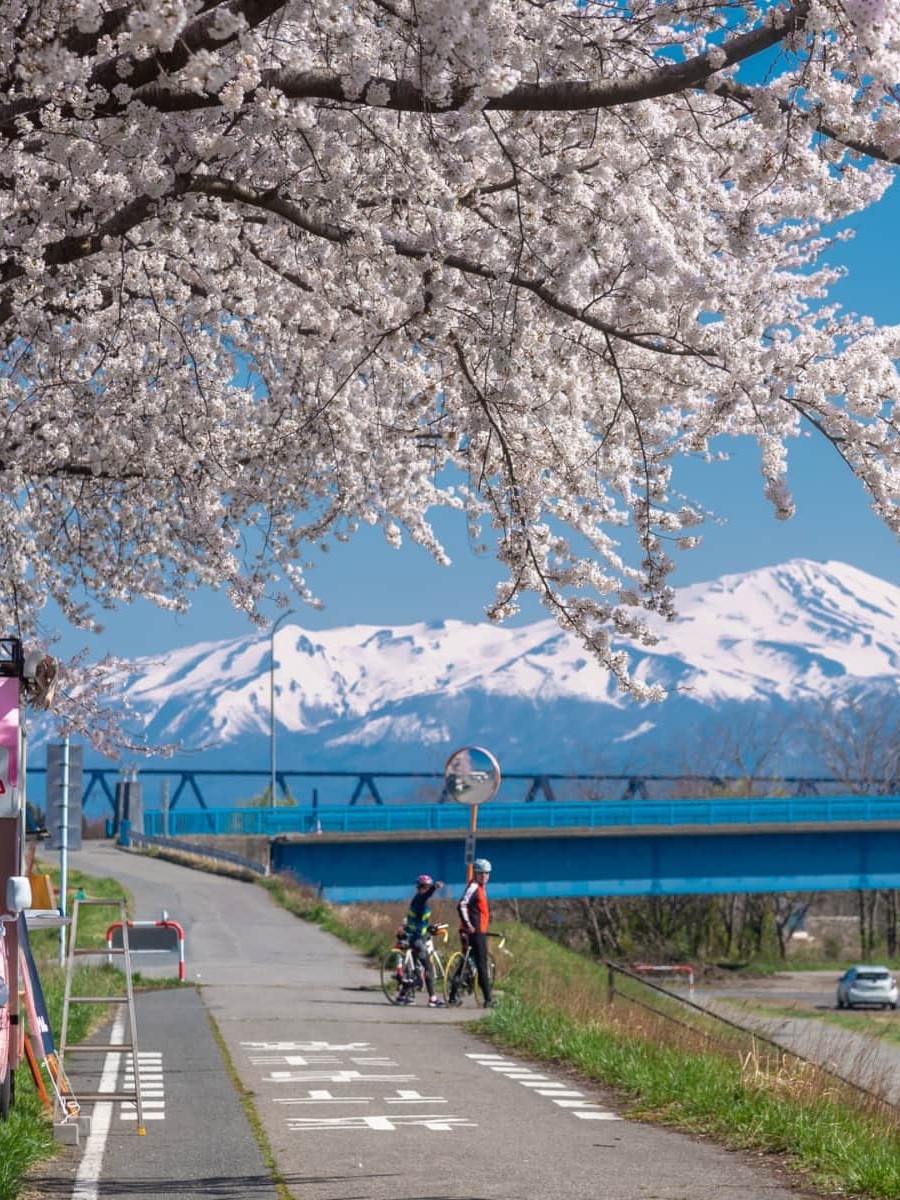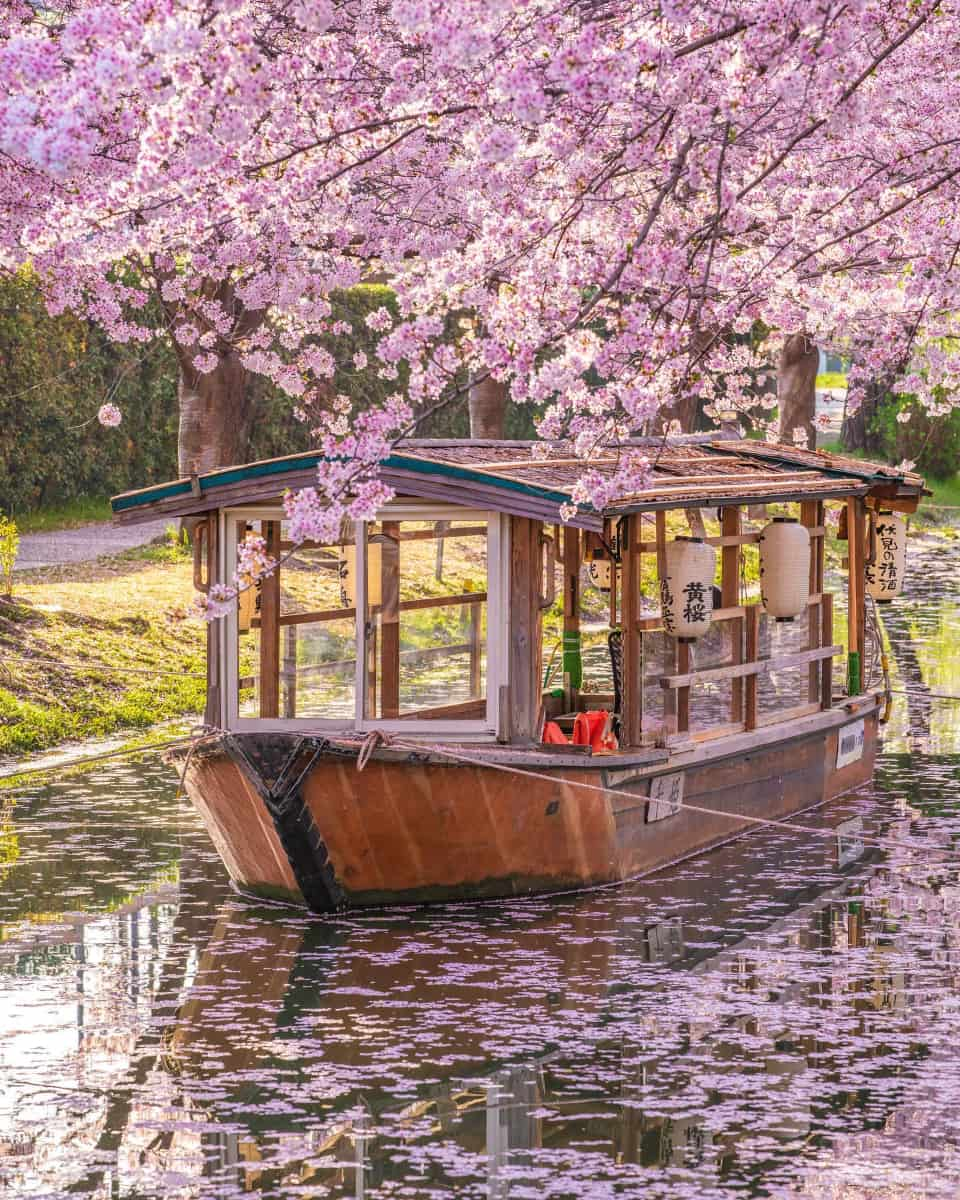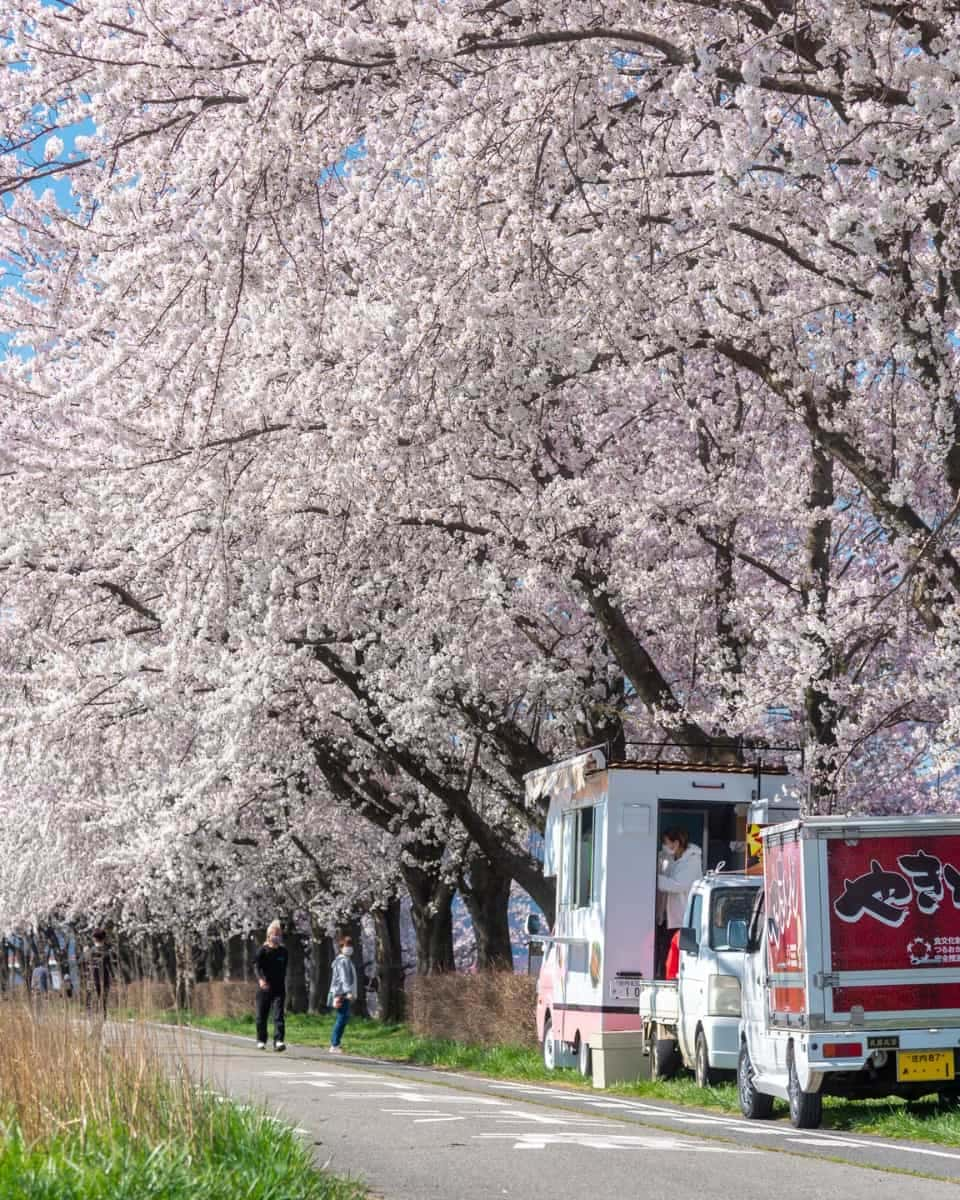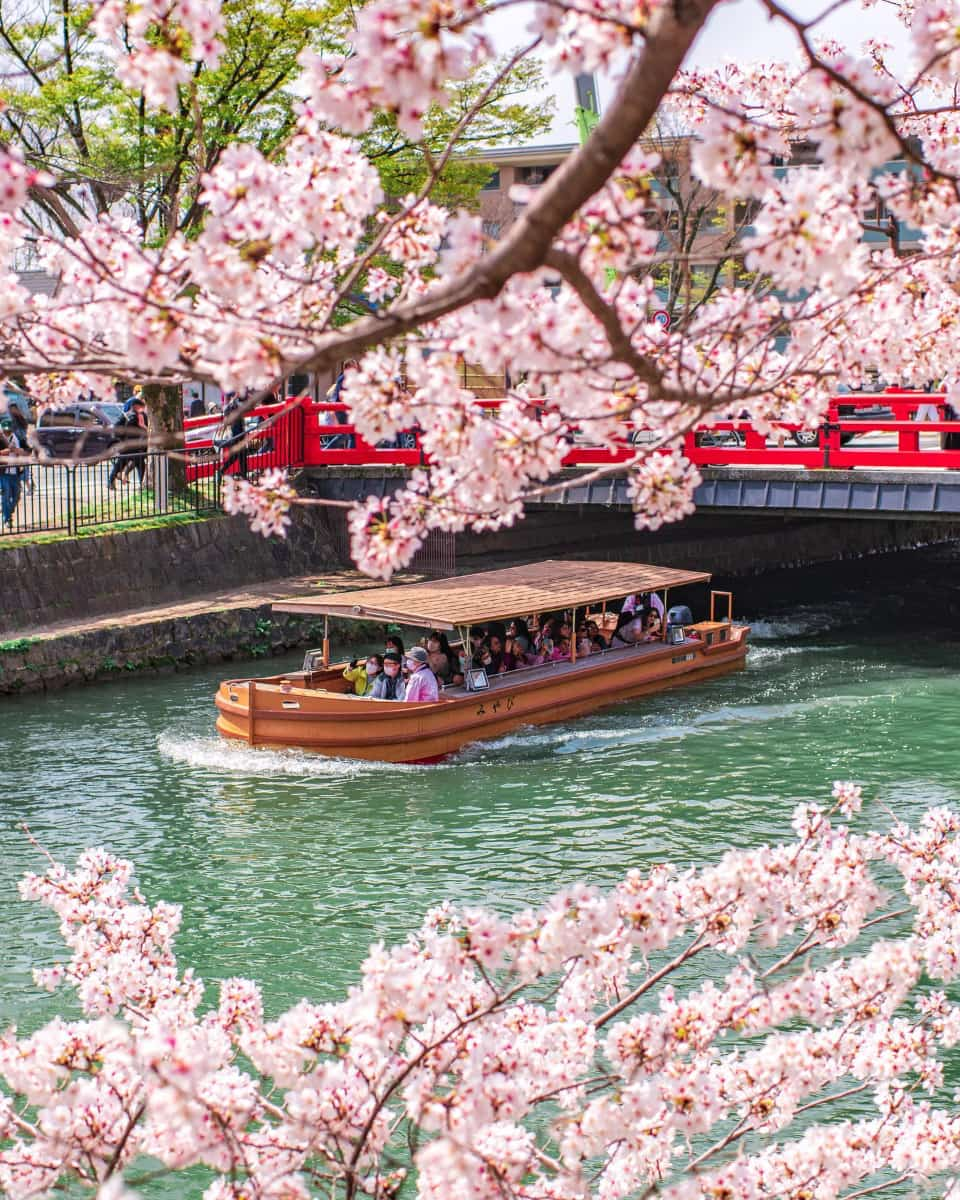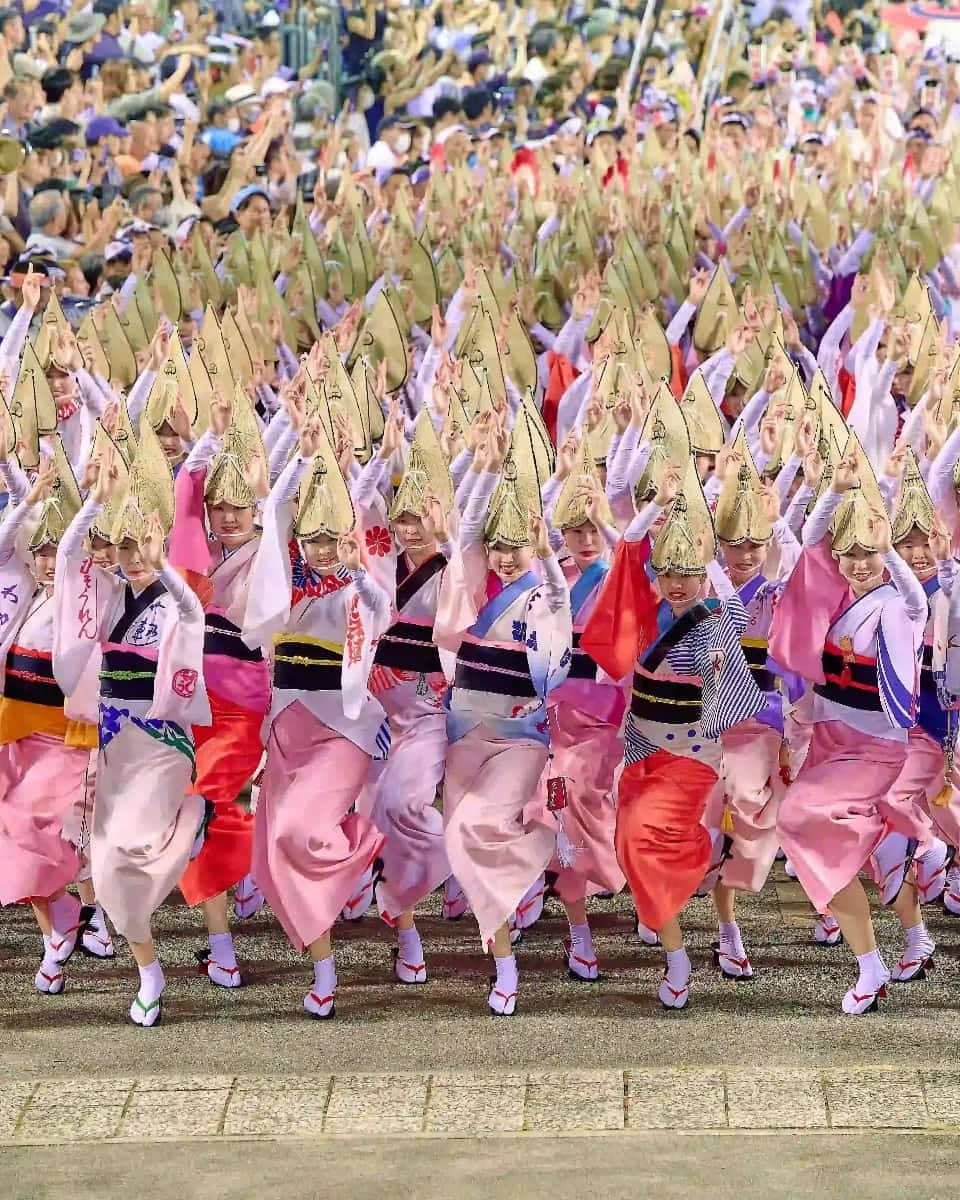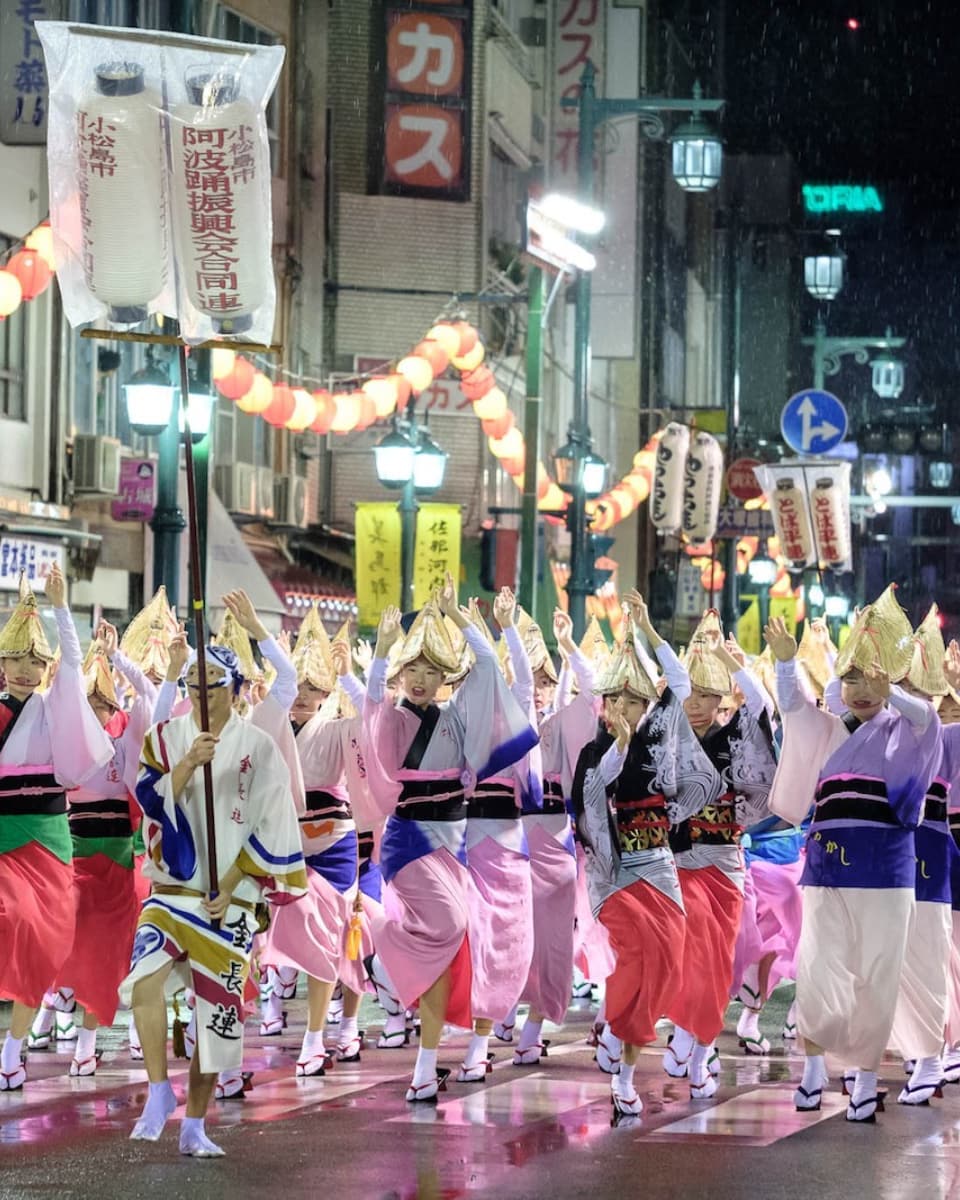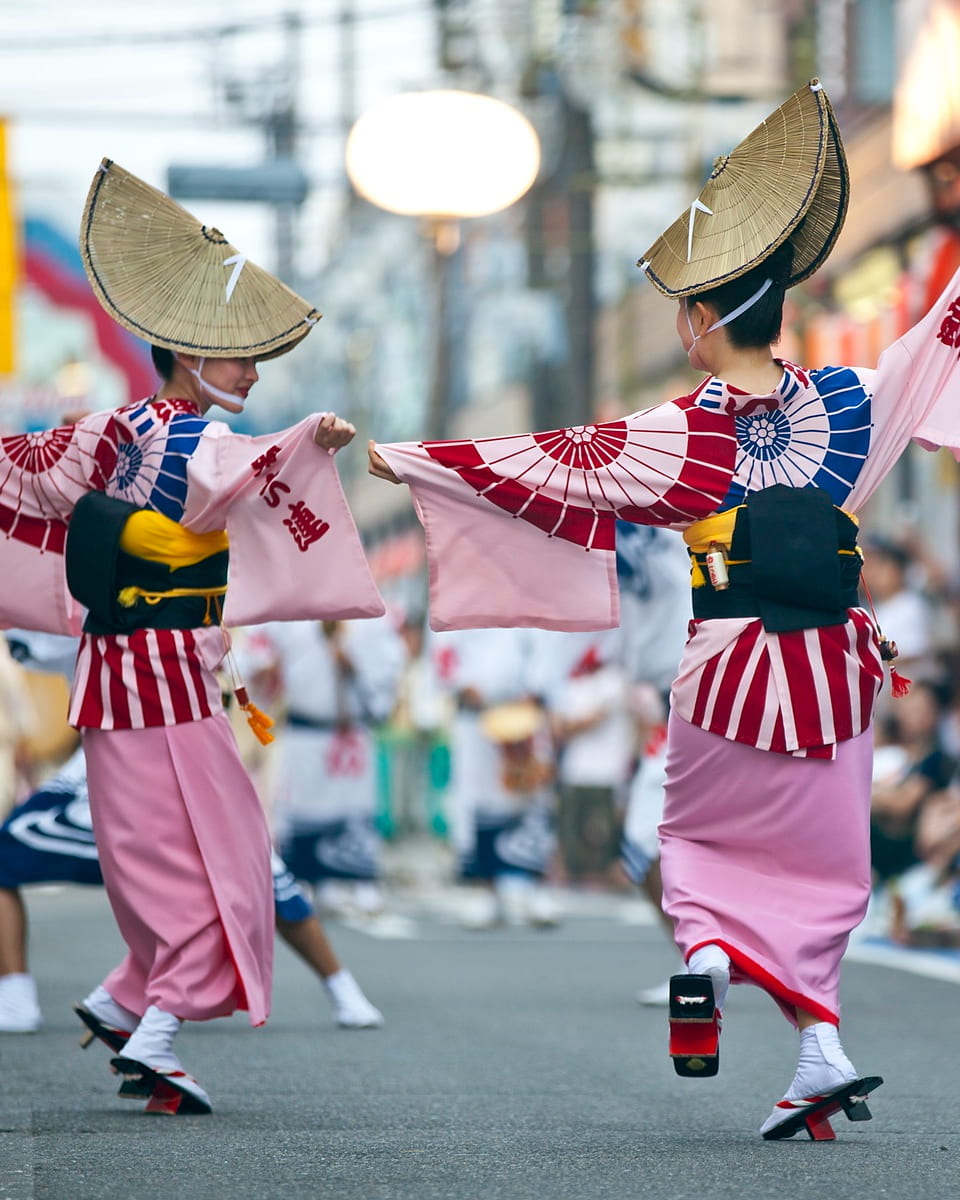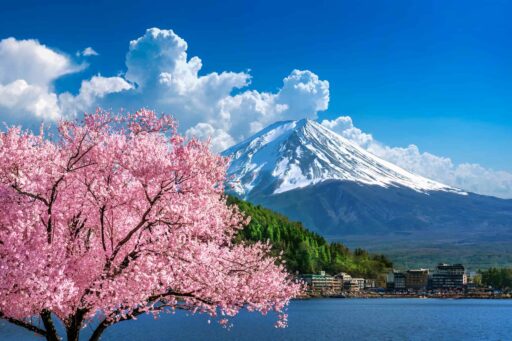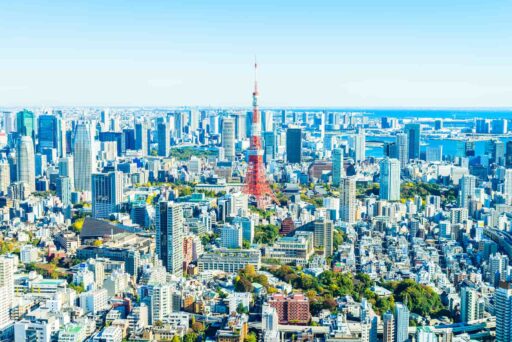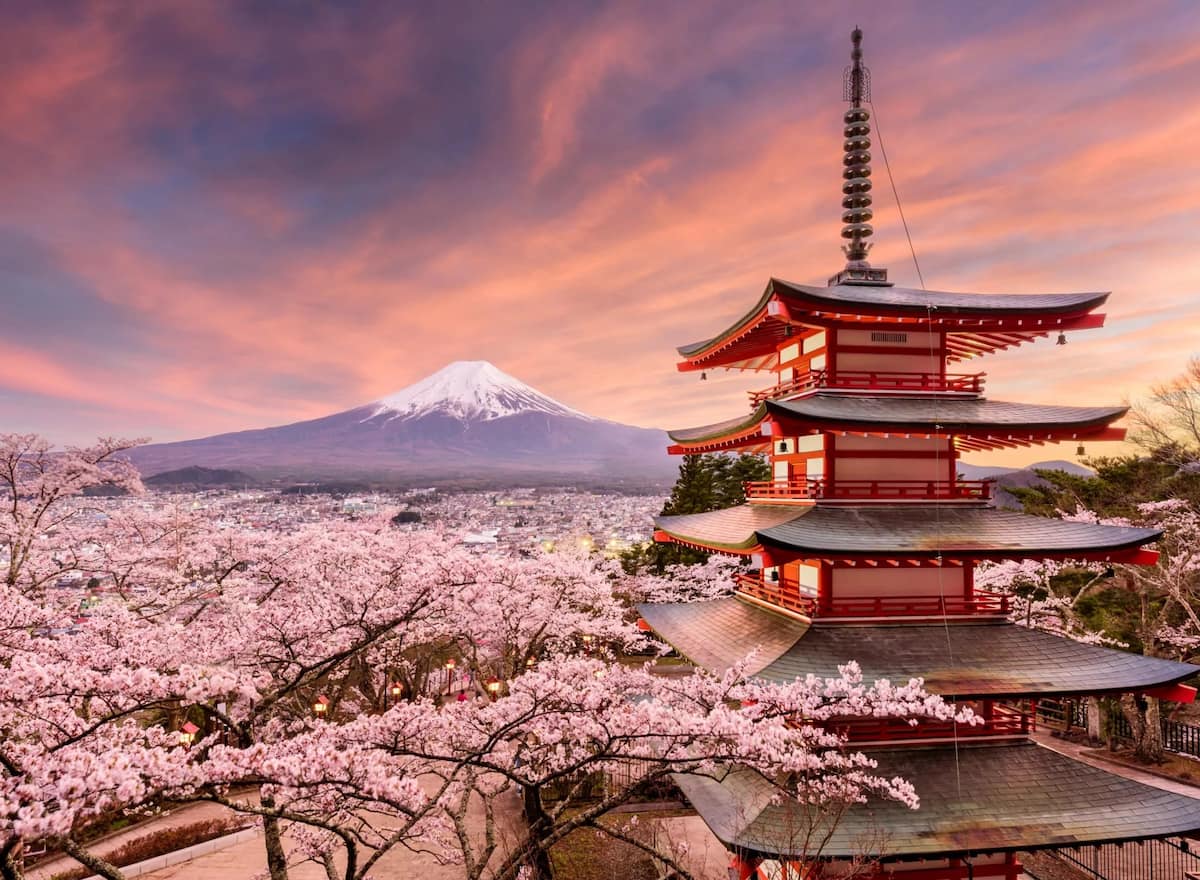Japan is a captivating destination that offers unique experiences throughout the year. With its diverse landscapes, rich culture, and vibrant festivals, choosing the best time to visit Japan depends on your preferences and priorities. In this comprehensive Japan climate guide, we’ll explore the seasons and weather, highlighting the peak times for various activities and attractions, from cherry blossom viewing to witnessing the striking red leaves in mainland Japan.
By the end of this article, you’ll have a clear understanding of the best time to go to Japan based on your interests and the experiences you seek. Whether you’re dreaming of traveling in Japan during the first week of May or exploring the winter wonderland of Hokkaido, our Japan climate guide will help you plan an unforgettable journey through this enchanting country.
1. 🌸 Spring in Japan (March to May): Best Time Go to Japan for Cherry Blossom Season
🌺 Cherry Blossom Season: Spring is undoubtedly the most popular season in Japan, thanks to the breathtaking cherry blossom season. From late March to early April, the country transforms into a sea of pink and white, with delicate sakura petals fluttering in the breeze. It’s an unforgettable experience that draws visitors from all over the world, so be sure to book your accommodations and flights well in advance to secure the best deals and availability.
🗾 Best Spots for Cherry Blossom Viewing: Japan has no shortage of stunning locations to enjoy the cherry blossoms, but some of the top spots include Ueno Park in Tokyo, which boasts over 1,000 cherry trees and hosts a lively festival; Shinjuku Gyoen, a beautiful garden with a variety of cherry tree species; Chidorigafuchi, where you can rent a boat and paddle along the moat of the Imperial Palace; and Maruyama Park in Kyoto, which features a giant weeping cherry tree that’s illuminated at night.
🌡️ Mild Weather and Pleasant Temperatures: Aside from the cherry blossoms, spring in Japan offers comfortable temperatures and mild weather, making it the perfect time for outdoor activities and sightseeing. You can easily explore cities like Tokyo and Kyoto without breaking a sweat, and the parks and gardens are particularly beautiful during this time of year. Just keep in mind that the rainy season usually starts around late May to June, so be prepared for some occasional showers.
🎉 Festivals and Cultural Events: Spring is also a fantastic time to experience some of Japan’s most famous festivals and cultural events. The Sanja Matsuri in Tokyo’s Asakusa district is one of the largest and liveliest festivals, featuring colorful parades, traditional music, and dancing. In Kyoto, the Aoi Matsuri is a centuries-old festival with a grand procession of people in Heian-era costumes, while the Takayama Spring Festival in the Japanese Alps showcases stunning floats and puppets.
🗓️ Golden Week Considerations: One thing to keep in mind when planning a spring trip to Japan is Golden Week, a series of national holidays that falls in late April to early May. During this time, many Japanese people travel domestically, resulting in larger crowds at popular attractions and higher prices for accommodations and transportation. If you want to avoid the hustle and bustle, consider visiting Japan in early to mid-April instead, or in late May to early June, just after Golden Week and before the peak summer travel season.
2. 🍁 Autumn in Japan (September to November): Perfect Time for Chasing Japan’s Breathtaking Fall Foliage
🎨 Breathtaking Autumn Foliage: From September to November, Japan undergoes a stunning transformation as the leaves change color, painting the landscape in vibrant shades of red, orange, and gold. It’s a magical time to explore the country’s natural beauty, with the autumn foliage creating a breathtaking backdrop for outdoor activities and sightseeing. Whether you’re hiking through the mountains, strolling through the parks, or simply admiring the views from a temple or shrine, the autumn colors are sure to take your breath away.
🗻 Best Spots for Autumn Foliage: Japan has no shortage of incredible places to witness the autumn foliage, but some of the top spots include the Japanese Alps, particularly the Kamikochi area of the Chubu Sangaku National Park; Hokkaido, where the leaves change color earlier than in other parts of Japan; and the historic cities of Tokyo and Kyoto, where the autumn hues create a stunning contrast against the traditional architecture and gardens.
🍂 Timing Your Visit: To make the most of your autumn trip to Japan, it’s important to plan your visit around the peak foliage season. In Hokkaido, the leaves usually start changing color in late September and peak in mid-October, while in the Japanese Alps and other parts of mainland Japan, the best time to see the autumn colors is typically from mid-October to early November. Keep in mind that the exact timing can vary from year to year depending on weather conditions, so be sure to check the forecast and adjust your plans accordingly.
🍜 Seasonal Food and Festivals: Autumn in Japan is not just about the stunning foliage – it’s also a time to enjoy delicious seasonal cuisine and lively festivals. Some must-try autumn dishes include sanma (Pacific saury), a type of fish that’s at its peak in autumn; kuri gohan, a hearty rice dish made with chestnuts; and momiji tempura, deep-fried maple leaves that are a popular snack in Kyoto. Autumn is also the season for some of Japan’s most famous festivals, such as the Takayama Autumn Festival in the Japanese Alps and the Jidai Matsuri in Kyoto.
🗓️ Planning Around Japan Holidays and Crowds: While autumn is a fantastic time to visit Japan, it’s important to keep in mind that it’s also a popular time for domestic travel, particularly during the first week of November, which is a national holiday known as Culture Day. If you want to avoid the crowds and higher prices, try to plan your visit for late September to mid-October, or mid-November to early December. This way, you can still enjoy the beautiful autumn foliage and pleasant weather without the added hassle of peak-season travel.
3. ❄️ Winter in Japan (December to February): Charming Time for Discovering Japan’s Snowy Landscapes
🎿 Hit the Slopes: If you’re a fan of winter sports, Japan is a paradise of world-class ski resorts and powdery snow. The northern island of Hokkaido and the Japanese Alps are home to some of the best skiing and snowboarding in the world, with resorts like Niseko, Hakuba, and Nozawa Onsen offering a wide range of runs for all skill levels. Whether you’re a beginner or an advanced skier, you’ll find plenty of opportunities to enjoy Japan’s famous “Japow” (Japanese powder snow).
⛄ Experience Winter Festivals: Winter in Japan is also a time for unique and exciting festivals, such as the Sapporo Snow Festival in Hokkaido. This massive event, held every February, features incredible snow and ice sculptures, some towering over 15 meters tall, as well as live music, food stalls, and even a snow slide. Other notable winter festivals include the Otaru Light Path Festival, where the city’s canals are lined with glowing lanterns, and the Yokote Kamakura Festival, where hundreds of small snow huts are built and illuminated with candles.
♨️ Soak in Hot Springs: There’s no better way to warm up during Japan’s chilly winter months than by soaking in a steaming onsen (hot spring bath). Japan is home to thousands of natural hot springs, and many of them are particularly stunning in winter, with the contrast of the warm water against the snow-covered landscape creating a truly magical atmosphere. Some of the best onsen towns to visit in winter include Ginzan Onsen in Yamagata Prefecture, Kusatsu Onsen in Gunma Prefecture, and Kinosaki Onsen in Hyogo Prefecture.
🍲 Savor Winter Cuisine: Winter in Japan is also a time to enjoy hearty and comforting cuisine, such as nabemono (hot pot dishes) and oden (a type of stew with various ingredients like fishcakes, boiled eggs, and daikon radish). Other popular winter dishes include shabu-shabu (thinly sliced meat and vegetables cooked in a hot broth), sukiyaki (a type of nabemono with beef, tofu, and vegetables), and nabe (a general term for hot pot dishes). Be sure to warm up with a cup of hot sake or a steaming bowl of ramen after a day of exploring Japan’s winter wonderland.
💰 Take Advantage of Lower Prices: While Japan’s winter months may not be as popular as the cherry blossom or autumn foliage seasons, they can be a great time to visit if you’re looking to save some money. Prices for flights and accommodations tend to be lower during the winter, and you can often find discounts on ski passes and onsen entry fees. Plus, with fewer tourists around, you’ll have a better chance of experiencing Japan’s attractions and culture without the crowds.
4. ☀️ Summer in Japan (June to August): Best Time for Discovering Japan’s Tropical Paradise
🎆 Vibrant Festivals: Summer in Japan is a time of incredible energy and excitement, with a variety of vibrant festivals taking place across the country. From the iconic Gion Matsuri in Kyoto to the lively Tenjin Matsuri in Osaka and the colorful Nebuta Matsuri in Aomori, these festivals showcase the rich culture and traditions of Japan. Expect to see massive floats, colorful processions, energetic dancers, and plenty of delicious street food. It’s a truly immersive experience that shouldn’t be missed!
🌊 Beach Getaways: If you’re looking to escape the heat and humidity of Japan’s cities, head to the beach! The southern islands of Okinawa and the coastal areas of Shikoku and Kyushu offer stunning white sandy beaches, crystal-clear waters, and a laid-back atmosphere perfect for a summer getaway. Whether you want to swim, snorkel, surf, or simply relax under the sun, Japan’s beaches have something for everyone. Don’t forget to indulge in some fresh seafood and tropical fruits while you’re there!
🍧 Delicious Summer Cuisine: Summer in Japan is a time to savor delicious seasonal dishes that are perfect for beating the heat. From cold somen noodles and hiyashi chuka (cold ramen) to refreshing kakigori (shaved ice desserts), there are plenty of tasty options to keep you cool and satisfied. Many restaurants and cafes also offer special summer menus featuring cold dishes and drinks at discounted prices, so be sure to take advantage of these deals. Trust me, there’s nothing better than slurping down a bowl of chilled noodles on a hot summer day!
🌿 Cooler Northern Regions: If you’re not a fan of the heat and humidity, consider heading to Japan’s northern regions for a more comfortable summer experience. Hokkaido, in particular, is a popular summer destination, with its mild temperatures, stunning natural scenery, and outdoor activities like hiking, camping, and rafting. The Tohoku region, which includes prefectures like Aomori, Iwate, and Akita, also offers a cooler and more laid-back summer experience, with beautiful mountains, lakes, and hot springs to explore.
🗾 Exploring the Great Outdoors: Summer in Japan is a fantastic time to get outside and explore the country’s natural beauty. Whether you’re hiking in the Japan Alps, cycling through the countryside, or camping under the stars, there are endless opportunities for outdoor adventures. Some popular summer activities include visiting national parks like Fuji-Hakone-Izu or Nikko, taking a scenic boat ride on Lake Towada or the Hozugawa River, and soaking in open-air hot springs surrounded by lush greenery. Just be sure to pack plenty of water, sunscreen, and insect repellent!
5. 🗾 Best Places and Best Times to Visit
🌸 Tokyo and Surrounding Areas: If you’re planning to visit Japan, Tokyo and its surrounding areas are best experienced in spring (late March to early April) and autumn (October to November). During these seasons, the weather is mild and pleasant, making it comfortable to explore the city’s many attractions. The cherry blossom season in late March and early April is a particularly magical time to visit Tokyo, as the city comes alive with vibrant pink and white blossoms, creating a romantic and picturesque atmosphere. Just be prepared for crowds and higher prices during this popular time of year.
Best Hotels Near Tokyo 🏨
- The Prince Park Tower Tokyo – The Prince Park Tower Tokyo is a luxurious 5-star hotel located in the heart of Tokyo. It offers stunning views of Tokyo Tower and is surrounded by lush greenery in Shiba Park. The hotel features 9 restaurants, a hot spring bath, and a swimming pool, making it an ideal choice for those looking to experience Japan in style. The best time to visit is during the spring cherry blossom season or autumn for striking red foliage, though it’s a pleasant choice year-round.
- Hotel Niwa Tokyo – Hotel Niwa Tokyo is a 4-star hotel that combines modern comfort with traditional Japanese aesthetics. Located in the Chiyoda district, it’s close to many of Tokyo’s attractions. The hotel offers a highly-rated breakfast buffet and has two restaurants serving Japanese and international cuisine. It’s an excellent choice for those wanting to experience Japan during any season, with its fitness center and massage services providing relaxation after a day of sightseeing.
- GRIDS TOKYO UENO HOTEL+HOSTEL – GRIDS TOKYO UENO HOTEL+HOSTEL offers budget-friendly accommodations in the vibrant Ueno area. It’s an ideal choice for travelers who don’t mind shared facilities and want to explore Tokyo without breaking the bank. The hostel’s location is perfect for experiencing Japan’s cherry blossoms in spring, as it’s close to Ueno Park. It’s also a great base for exploring Tokyo during the less crowded times of year, like late autumn or winter.
🍁 Kyoto and Osaka: Kyoto and Osaka, two of Japan’s most historic and culturally rich cities, are also best visited in spring (April to May) and autumn (October to November). Kyoto is especially famous for its stunning cherry blossoms in spring and colorful foliage in autumn, which create a breathtaking backdrop for the city’s numerous temples, shrines, and gardens. However, keep in mind that these peak seasons attract large crowds and higher prices, so try visiting early in the morning or on weekdays to avoid the worst of the crowds.
Best Hotels Near Kyoto and Osaka 🏨
- NOHGA HOTEL KIYOMIZU KYOTO – NOHGA HOTEL KIYOMIZU KYOTO is a stylish hotel located in the historic Gion district. It offers a perfect blend of modern comfort and traditional Japanese aesthetics. The hotel is an excellent base for exploring Kyoto’s famous temples and gardens, especially during the autumn season when Japan’s foliage is at its most striking. The hotel’s proximity to cultural sites makes it ideal for experiencing Japan’s national holidays and festivals.
- Gion Elite Terrace – Gion Elite Terrace offers luxurious apartments in the heart of Kyoto’s famous Gion district. It’s an ideal choice for those who want to immerse themselves in traditional Japanese culture. The hotel’s location is perfect for experiencing Kyoto during cherry blossom season in spring or the colorful autumn season. Its terrace provides a romantic setting, making it one of Japan’s best spots for couples visiting during these picturesque times of the year.
- Hotel Resort Trinity Kyoto Okazaki – Hotel Resort Trinity Kyoto Okazaki offers a tranquil retreat near the Okazaki Canal. It’s a great choice for those looking to experience Japan’s changing seasons, with nearby parks showcasing cherry blossoms in spring and vibrant foliage in autumn. The hotel’s location allows easy access to Kyoto’s cultural sites while providing a peaceful environment away from the busy city center.
- Centara Grand Hotel Osaka – Centara Grand Hotel Osaka is a luxurious hotel in the heart of Osaka. It offers world-class amenities and is an excellent base for exploring the Kansai region. The hotel is ideal for visitors year-round, but it’s especially appealing during the pleasant spring and autumn seasons. Its central location makes it perfect for experiencing Osaka’s vibrant festivals that continue across Japan during August.
❄️ Hokkaido: If you’re a winter sports enthusiast or nature lover, Hokkaido is a must-visit destination in Japan. The best time to visit Hokkaido depends on what you want to experience – winter (December to February) for skiing, snowboarding, and the famous Sapporo Snow Festival, or summer (June to August) for mild temperatures and stunning natural scenery, perfect for hiking, camping, and exploring the island’s many national parks. To save money, consider visiting during the shoulder seasons of spring (April to May) or autumn (September to October), when prices for accommodations and activities may be lower.
Best Hotels Near Hokkaido 🏨
- Fenix Furano – Fenix Furano is a cozy hotel located in the picturesque town of Furano in Hokkaido. It’s an ideal base for those looking to experience northern Japan’s stunning natural beauty. The hotel is perfect for winter sports enthusiasts, as Hokkaido offers some of Japan’s best skiing. In summer, it’s surrounded by beautiful lavender fields, making it a great choice for those wanting to escape the heat and humidity of mainland Japan.
- Chalet Burlap Furanui – Chalet Burlap Furanui offers a unique stay in a charming wooden chalet in Furano. It’s perfect for those who want to experience the natural beauty of Hokkaido in all seasons. In winter, it’s an ideal base for skiing, while in summer, visitors can enjoy hiking and flower viewing. The chalet provides a cozy retreat after a day of exploring the north of Japan.
- Sounkyo Hostel – Sounkyo Hostel is a budget-friendly option located in the Sounkyo hot spring resort area. It’s an excellent choice for travelers who want to experience the natural wonders of Hokkaido without breaking the bank. The hostel is perfect for those who want to head to the north to escape the summer heat or enjoy winter sports. Its location in a hot spring area makes it ideal for relaxation in any season.
🏝️ Okinawa and the Southern Islands: For a tropical getaway in Japan, head to Okinawa and the southern islands in spring (March to May) or autumn (September to November). During these months, the weather is warm and pleasant, but not as hot and humid as the summer months, making it ideal for enjoying the region’s stunning beaches, crystal-clear waters, and unique cultural heritage. If you plan to visit Okinawa in July or August, be prepared for high temperatures, humidity, and the possibility of typhoons, and take necessary precautions like staying hydrated, using sunscreen, and checking the weather forecast regularly.
Best Hotels Near Okinawa 🏨
- Okinawa Prince Hotel Ocean View Ginowan – Okinawa Prince Hotel Ocean View Ginowan offers stunning views of the East China Sea. It’s an ideal choice for those looking to experience Japan’s subtropical climate. The hotel is perfect for a beach holiday, with the best time to visit being outside the rainy season from June to October. It’s also a great base for exploring Okinawa’s unique culture and history.
- Beachside Condominium Monpa – Beachside Condominium Monpa offers apartment-style accommodations right on the beach. It’s perfect for families or groups wanting to experience Okinawa’s beautiful coastline. The best time to visit is during the spring or autumn when the weather is pleasant and the beaches are less crowded. The condominium’s kitchen facilities make it easy to enjoy long-term stays and really immerse yourself in the Okinawan lifestyle.
- The Yuinchi Hotel Nanjo – The Yuinchi Hotel Nanjo is a resort hotel offering beautiful ocean views. It’s an excellent choice for those wanting to experience Okinawa’s unique blend of Japanese and Ryukyuan cultures. The hotel is ideal for visiting year-round due to Okinawa’s subtropical climate, but it’s especially appealing during the winter months when it offers a warm escape from the colder temperatures in mainland Japan.
📅 National Holidays and Peak Travel Seasons: When planning your trip to Japan, it’s crucial to consider the country’s national holidays and peak travel seasons. Golden Week (late April to early May), Obon (mid-August), and the autumn foliage season (October to November) are particularly busy times when many Japanese people travel domestically, leading to crowded attractions, fully booked accommodations, and higher prices. To avoid the crowds and save money, consider visiting Japan during the shoulder seasons of late May to June or September to early October, when you can enjoy mild weather, lower prices, and fewer tourists while exploring this fascinating country at a more relaxed pace.
6. 💡 Travel Tips and Considerations for Best Time to Visit Japan
🌡️ Weather and Climate: Japan’s weather varies significantly throughout the year and across different regions of the country. In general, the best time to visit Japan for mild weather and comfortable temperatures is during the spring (March to May) and autumn (September to November) months. If you’re sensitive to heat and humidity, it’s best to avoid visiting Japan during the summer months (June to August), especially in cities like Tokyo and Kyoto, where temperatures can soar above 30°C (86°F) and the humidity can be oppressive.
🌸 Cherry Blossom and Autumn Foliage Seasons: Two of the most popular times to visit Japan are during the cherry blossom season in spring and the autumn foliage season in fall. These seasons are incredibly beautiful, but they also attract large crowds and higher prices for accommodations and transportation. The peak viewing time for cherry blossoms varies depending on the location, but generally falls between late March and early April in most parts of Japan, including Tokyo and Kyoto. The autumn colors typically peak in October and November, starting in the northern regions of Japan and gradually moving southward.
🎉 Festivals and Cultural Events: Japan is known for its numerous festivals and cultural events throughout the year, which can be a great way to experience the country’s rich traditions and heritage. Some notable festivals include the Sapporo Snow Festival (February), Gion Matsuri in Kyoto (July), Awa Odori Festival in Tokushima (August), and Takayama Autumn Festival (October). If you’re planning to attend a major festival, book your accommodations well in advance, as hotels and ryokans can fill up quickly during these times.
👥 Crowds and Peak Travel Seasons: In addition to the cherry blossom and autumn foliage seasons, there are other peak travel periods in Japan that can impact your experience. Golden Week (late April to early May) is a series of national holidays when many Japanese people travel domestically, resulting in crowded attractions and fully booked accommodations. Obon (mid-August) is a time when many Japanese people return to their hometowns to honor their ancestors, leading to busy domestic travel periods and crowded transportation. New Year’s (late December to early January) is also a time when many businesses and attractions close, and transportation can be limited.
🗺️ Regional Variations: Japan is a long, archipelagic country with diverse landscapes and climates, so the best time to visit can vary depending on which regions you plan to explore. Northern Japan (Hokkaido) is best visited in summer (June to August) for mild temperatures and outdoor activities, or in winter (December to February) for skiing and snowboarding. Mainland Japan (Tokyo, Kyoto, Osaka) is best visited in spring (March to May) or autumn (September to November) for mild weather and beautiful scenery. Southern Japan (Okinawa) is best visited in spring (March to May) or autumn (September to November) for warm temperatures and less humidity.
🏨 Accommodations and Transportation: When planning your trip to Japan, it’s important to book your accommodations and transportation well in advance, especially during peak travel seasons. Japan’s public transportation system is efficient and reliable, but it can get crowded during busy periods. Consider purchasing a Japan Rail Pass, which allows unlimited travel on most JR trains and buses throughout the country. This can be a cost-effective and convenient way to explore multiple destinations in Japan.
FAQs About Best Time to Visit Japan ❔
What is the most beautiful time of the year in Japan?
Spring (March to May) and autumn (September to November) are considered the most beautiful seasons, with cherry blossoms in spring and colorful foliage in autumn.
What is the cheapest month to travel to Japan?
Winter months (January, February) and late autumn (November) tend to be cheaper, with lower airfares and accommodation rates.
What is the less touristy month in Japan?
September is mentioned as one of the quietest months for international tourists.
Is $5000 enough for a trip to Japan?
Yes, $5000 is generally considered enough for two people for a week-long trip to Japan, including flights. Many travelers report spending less than this amount for longer stays.
